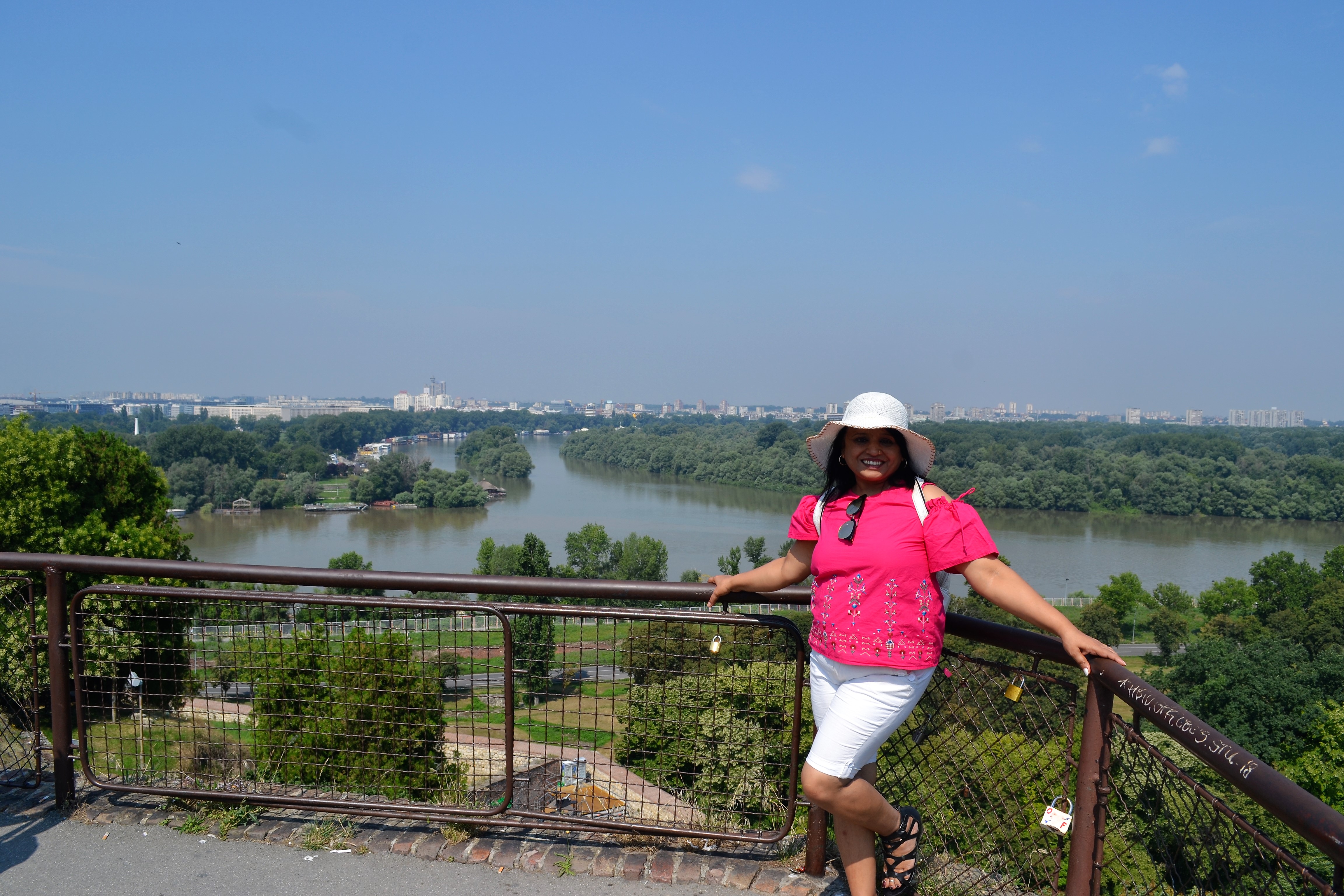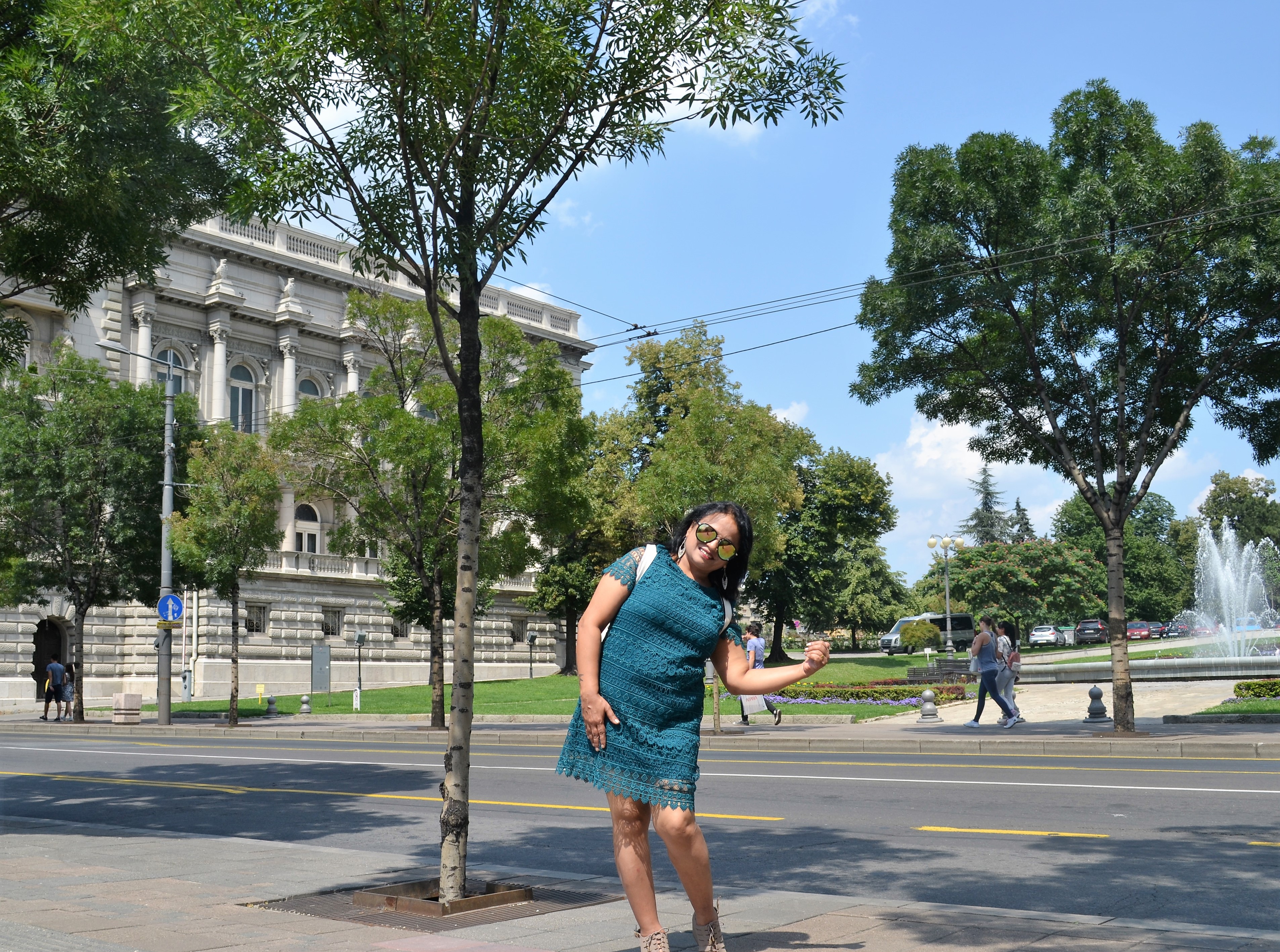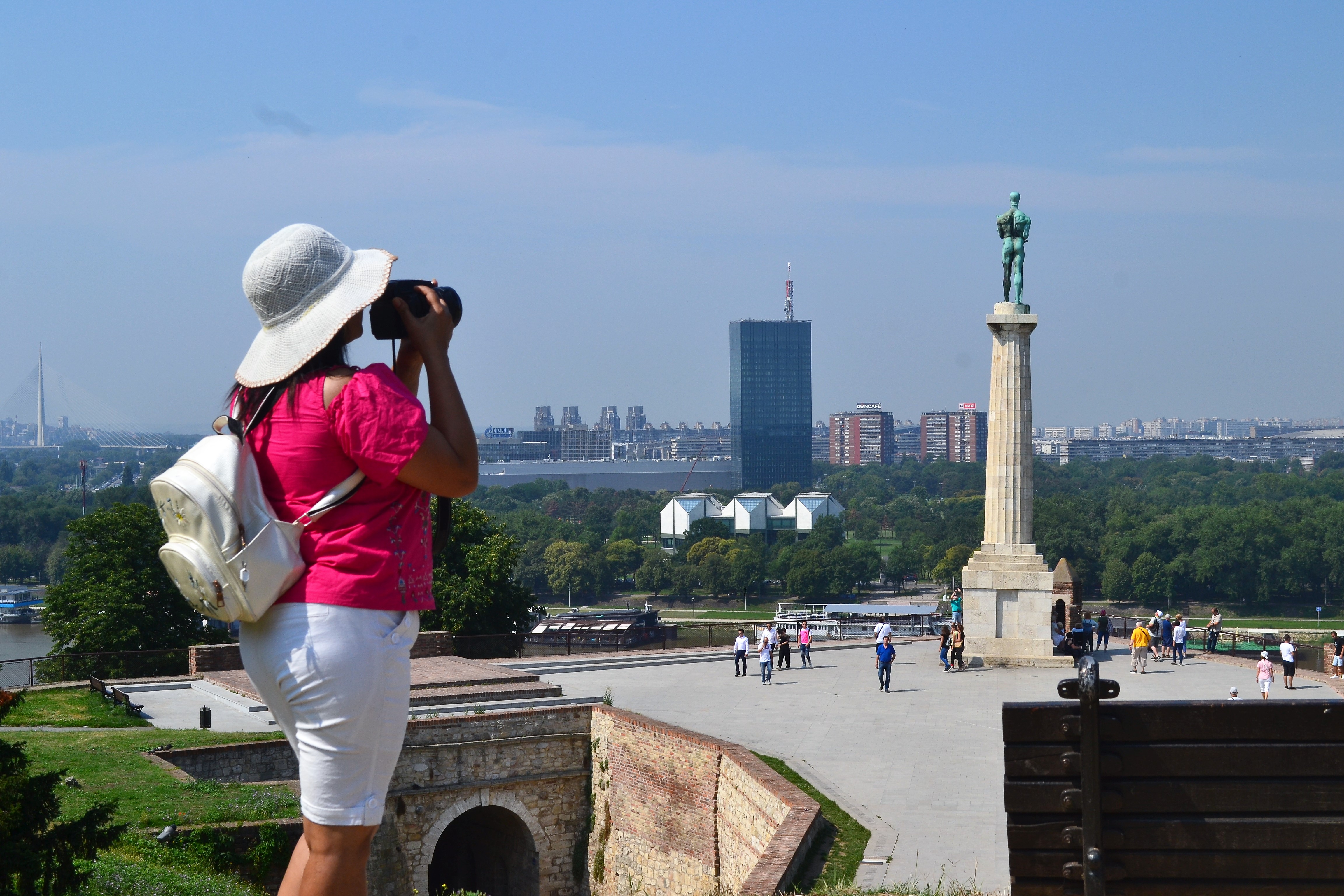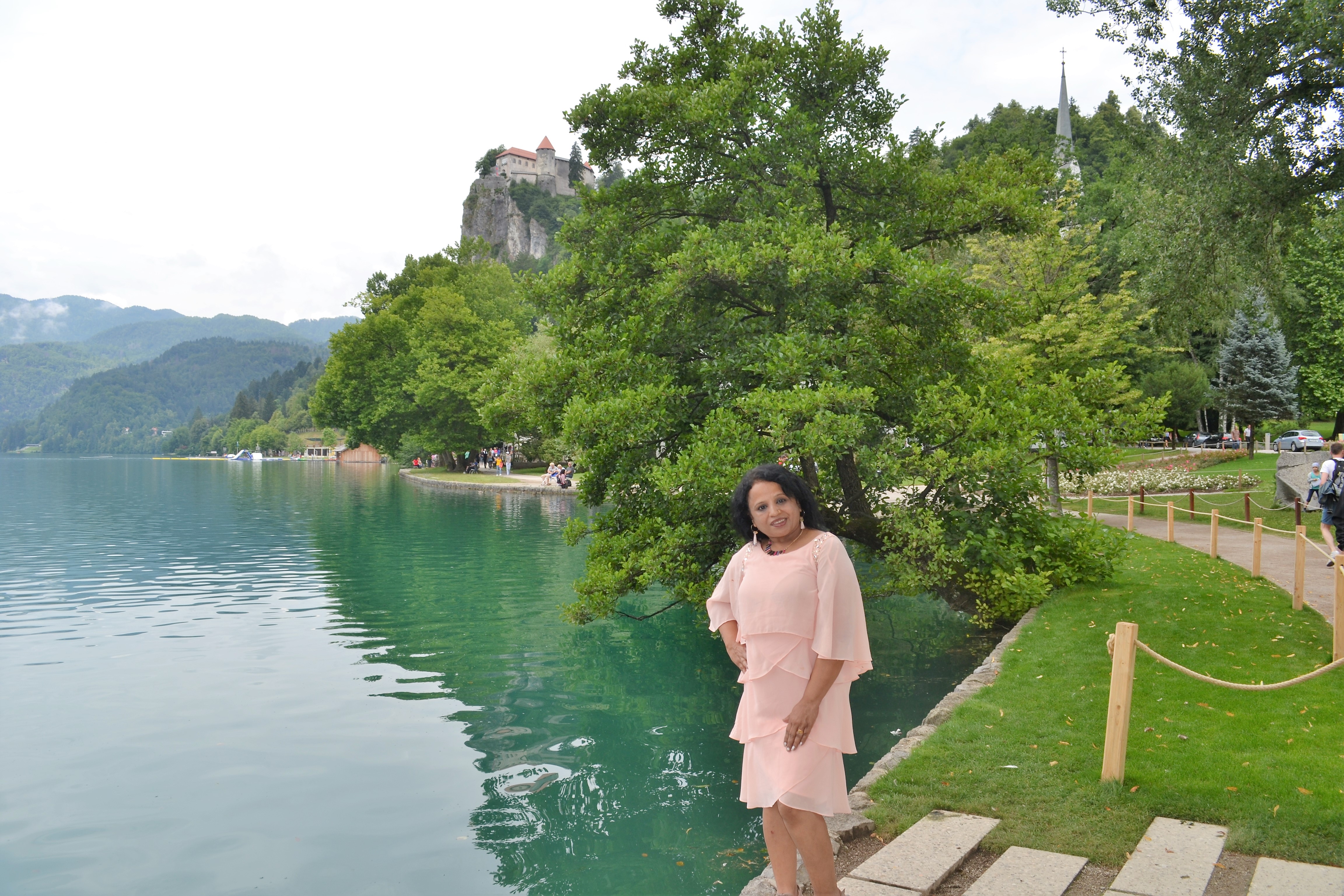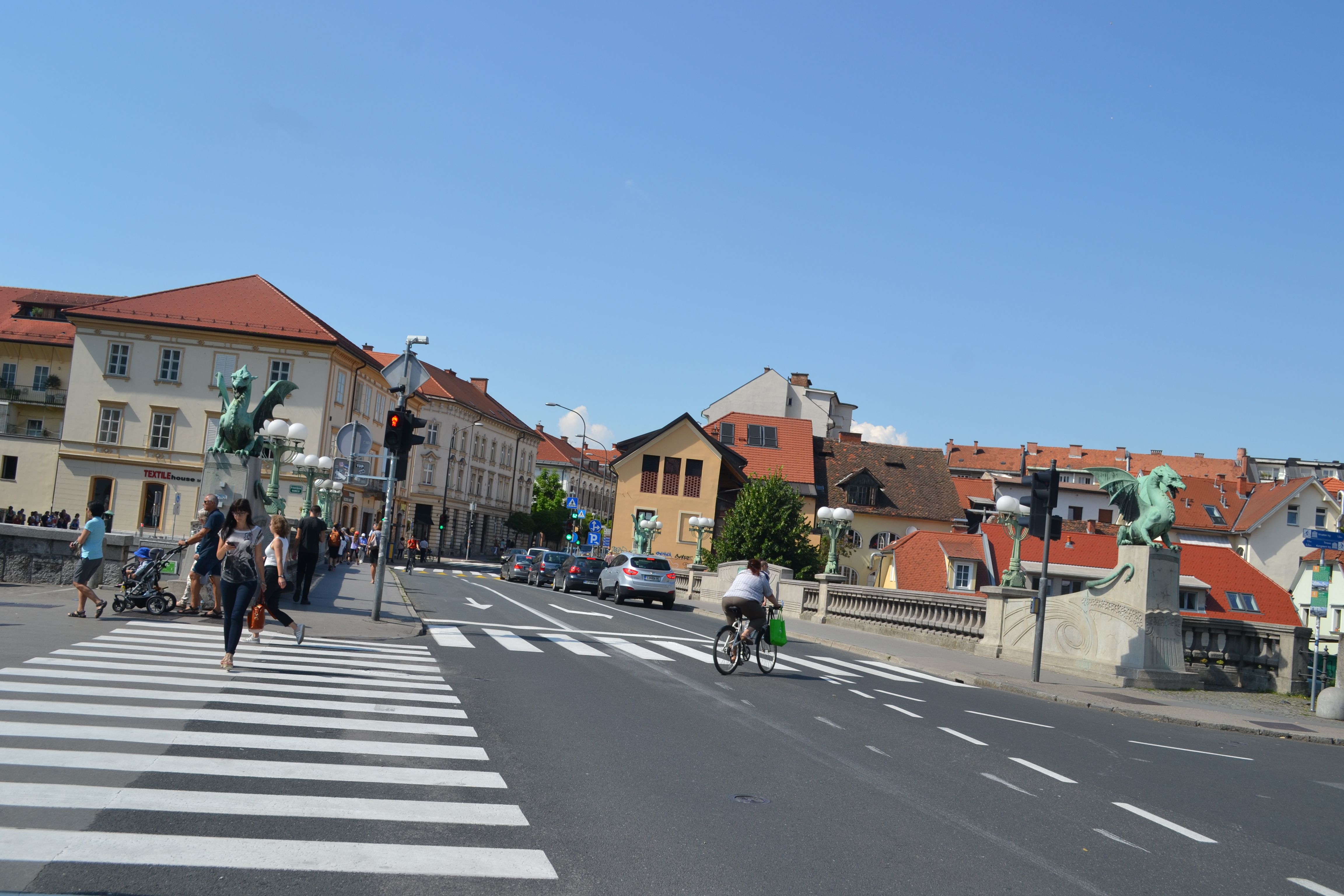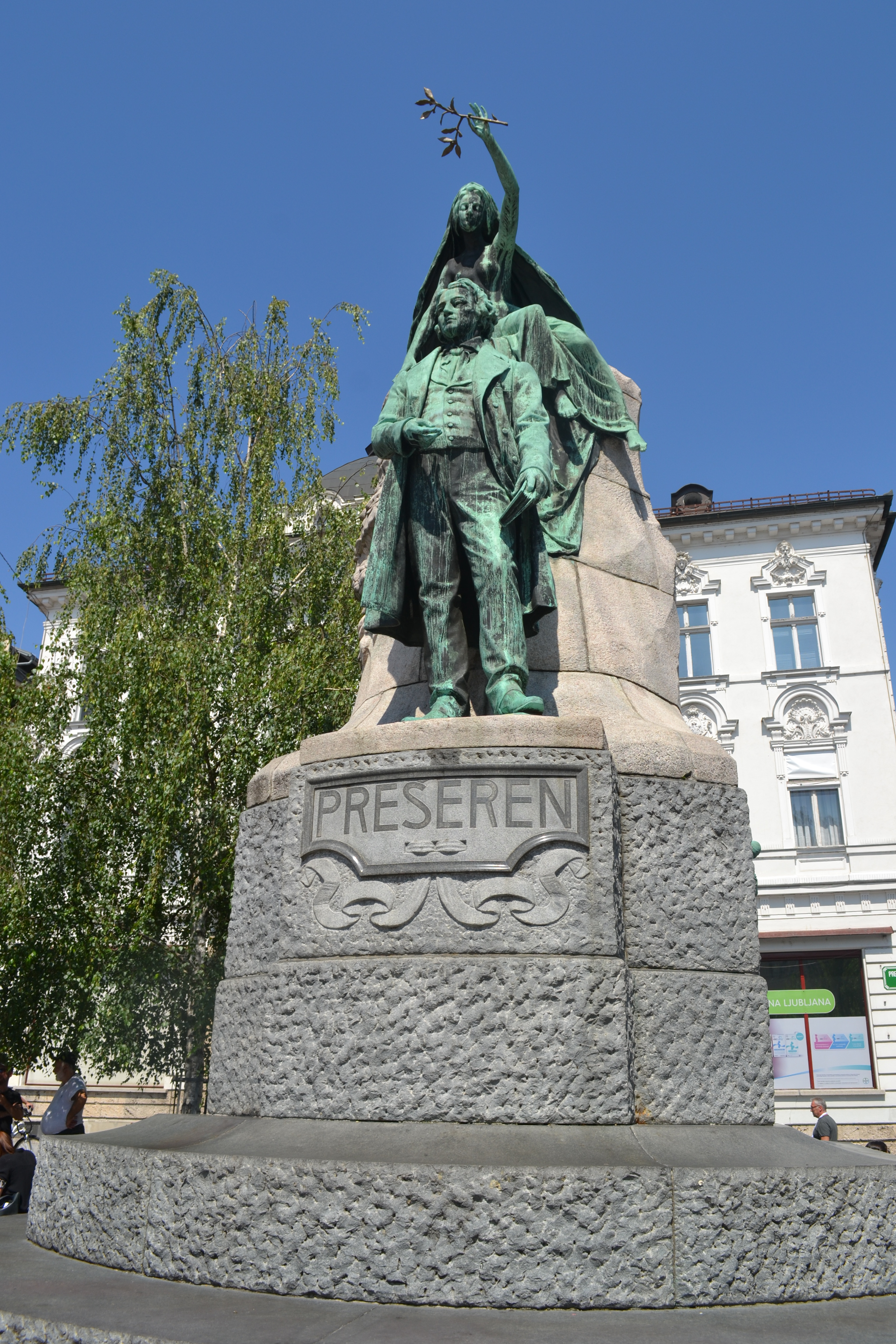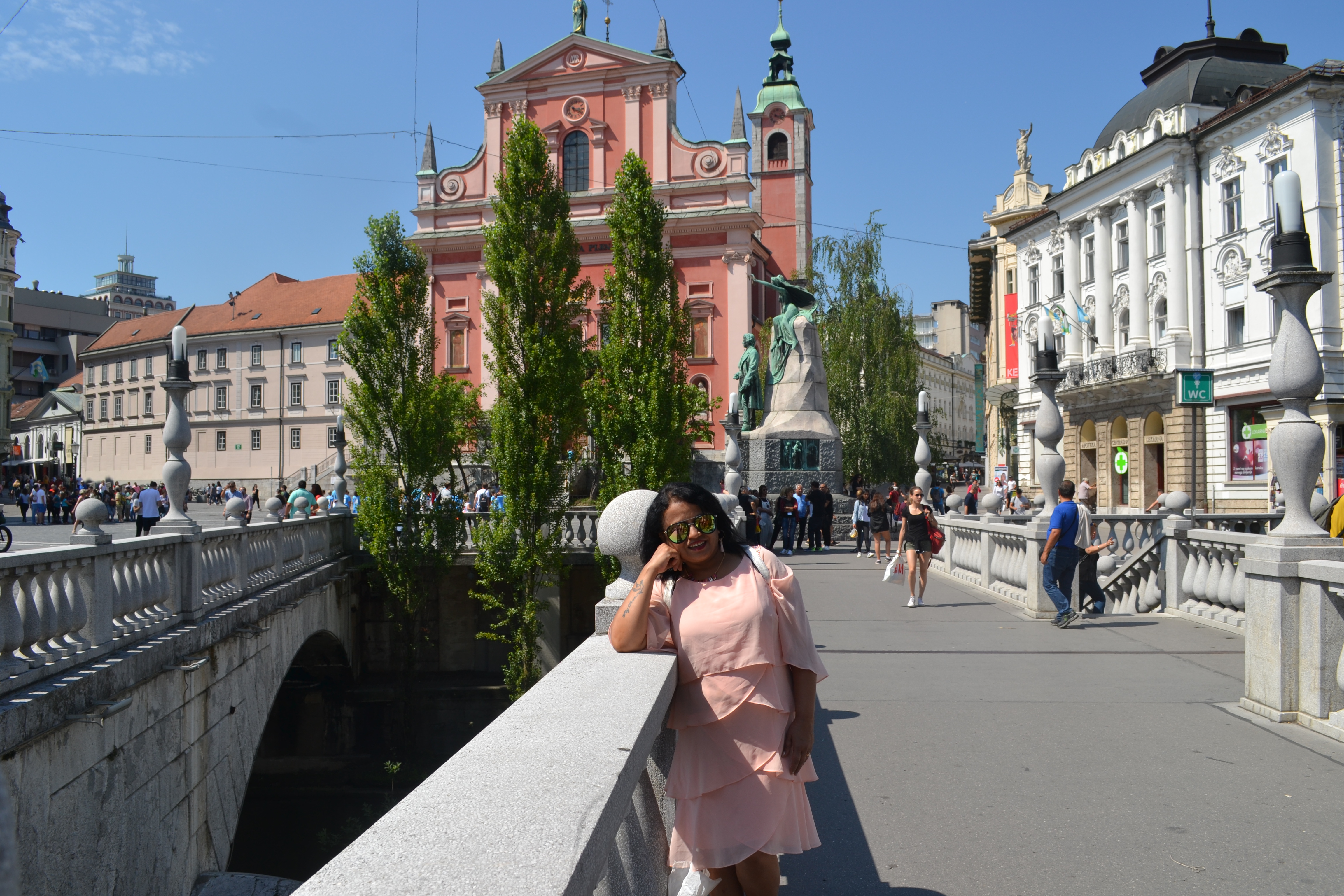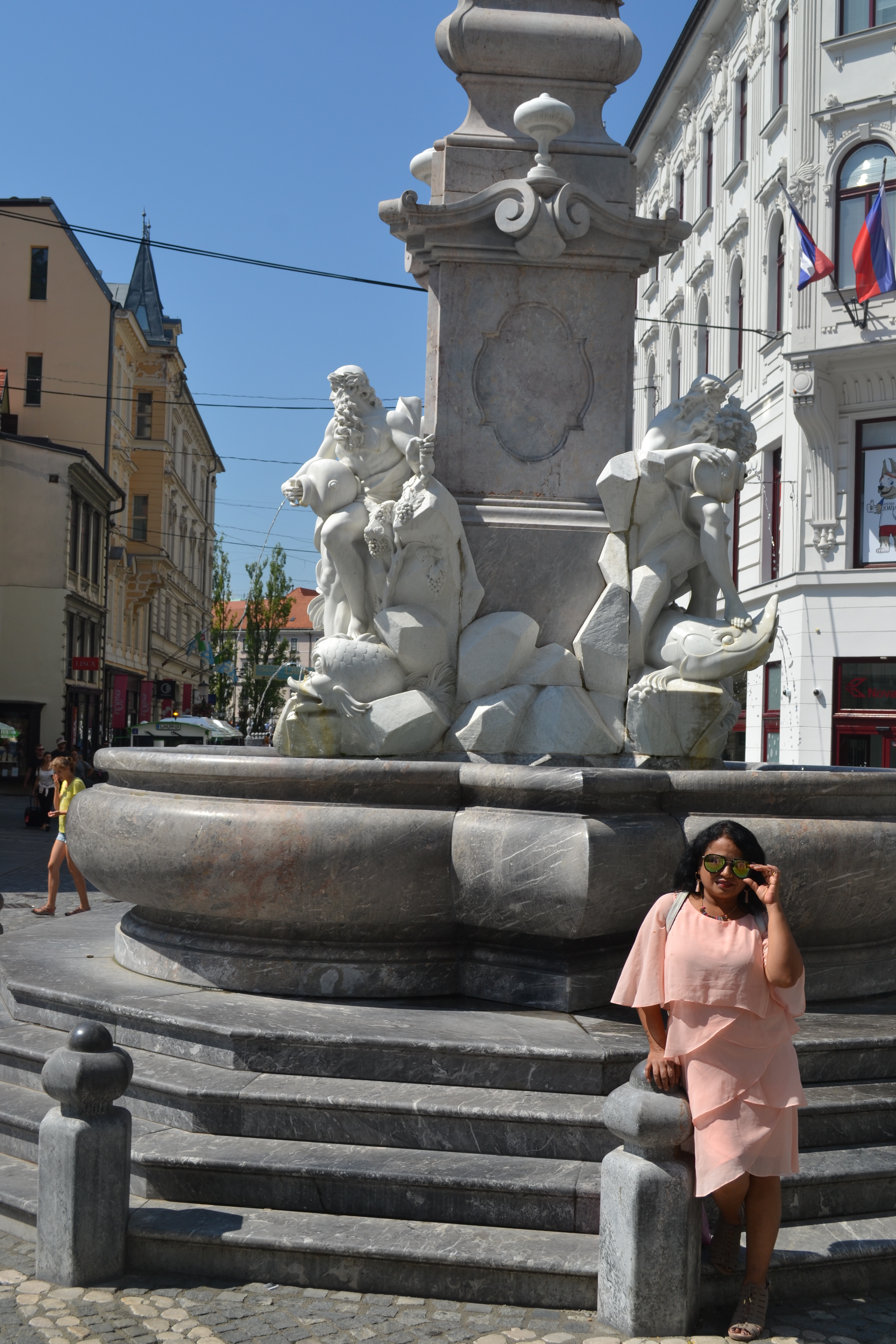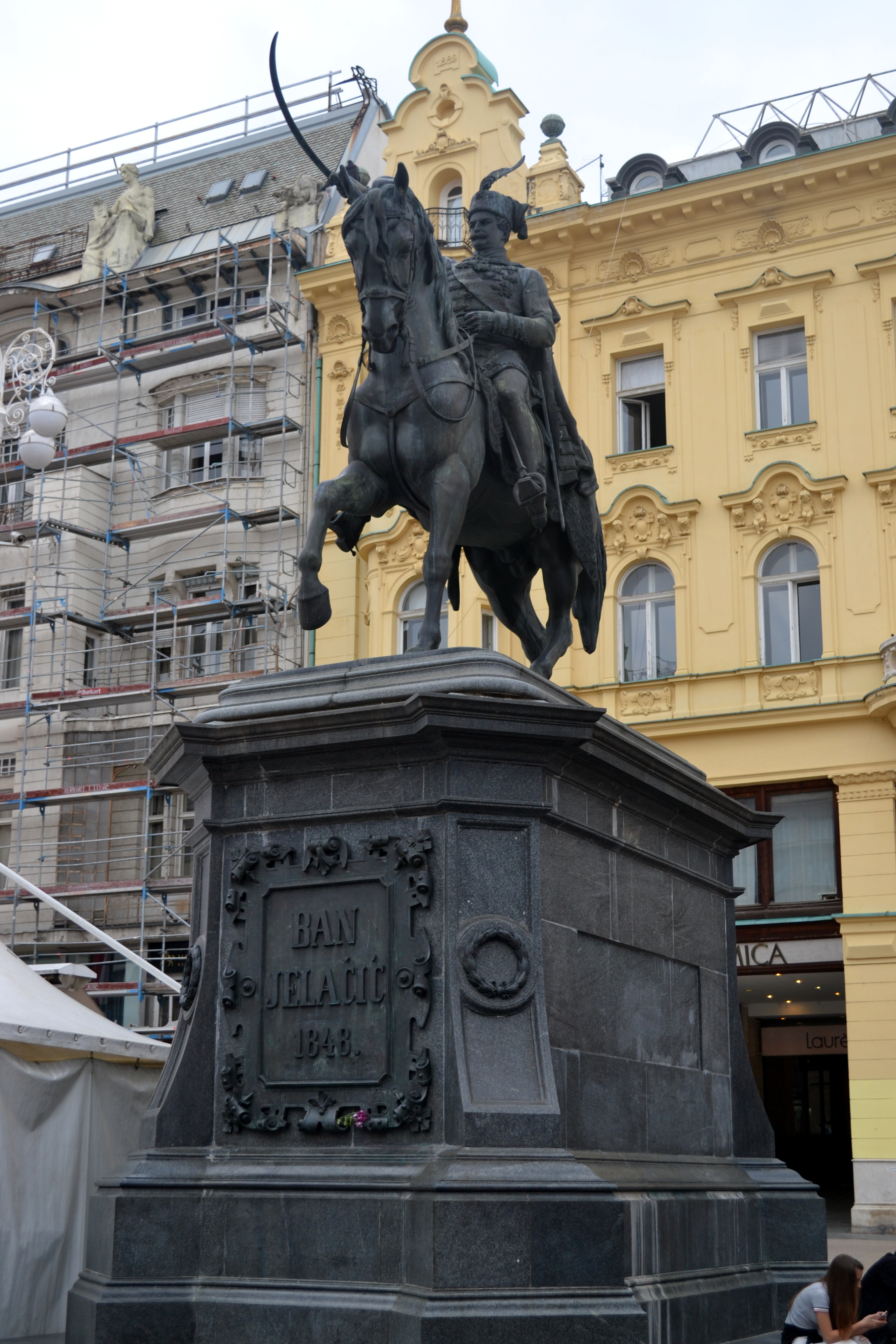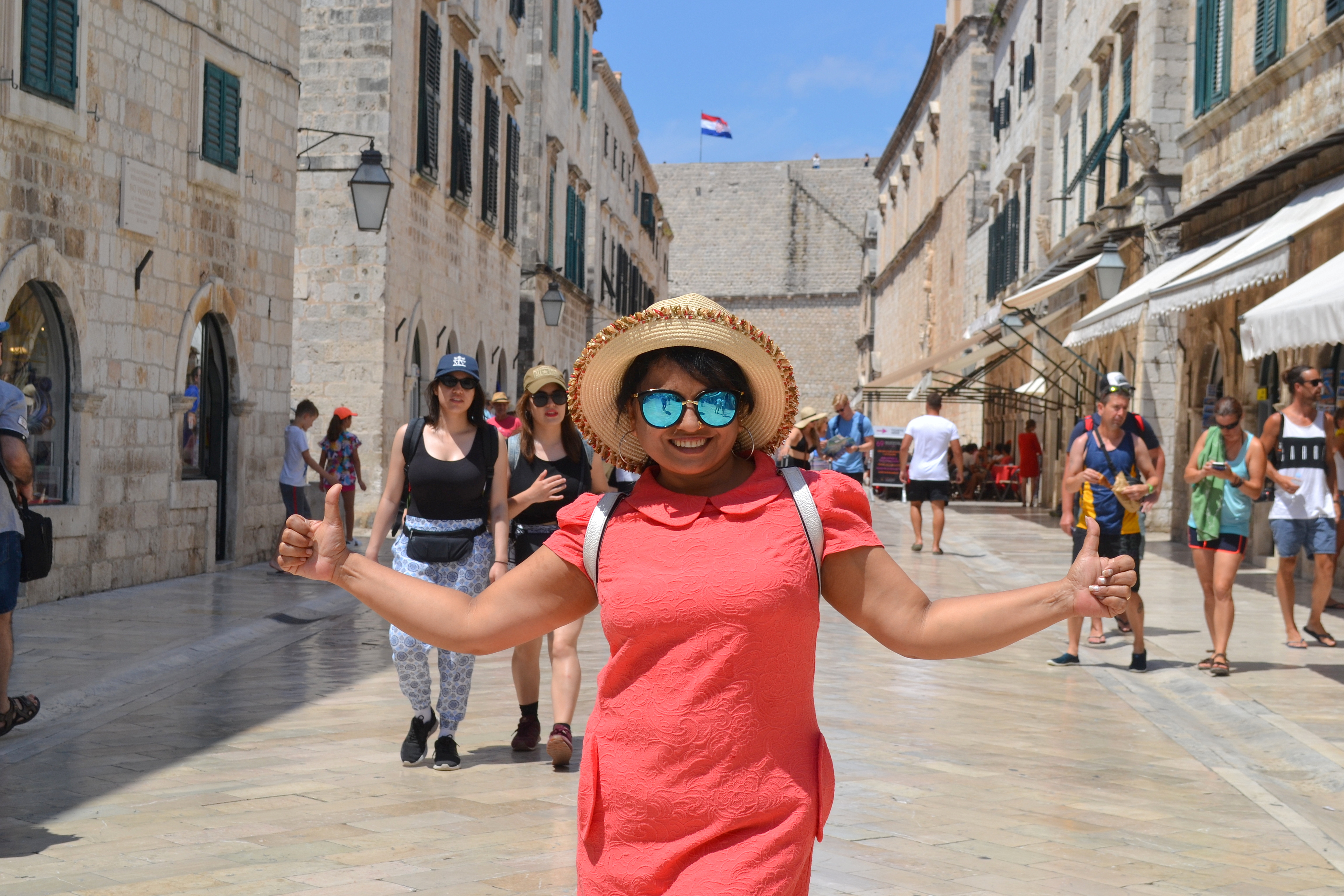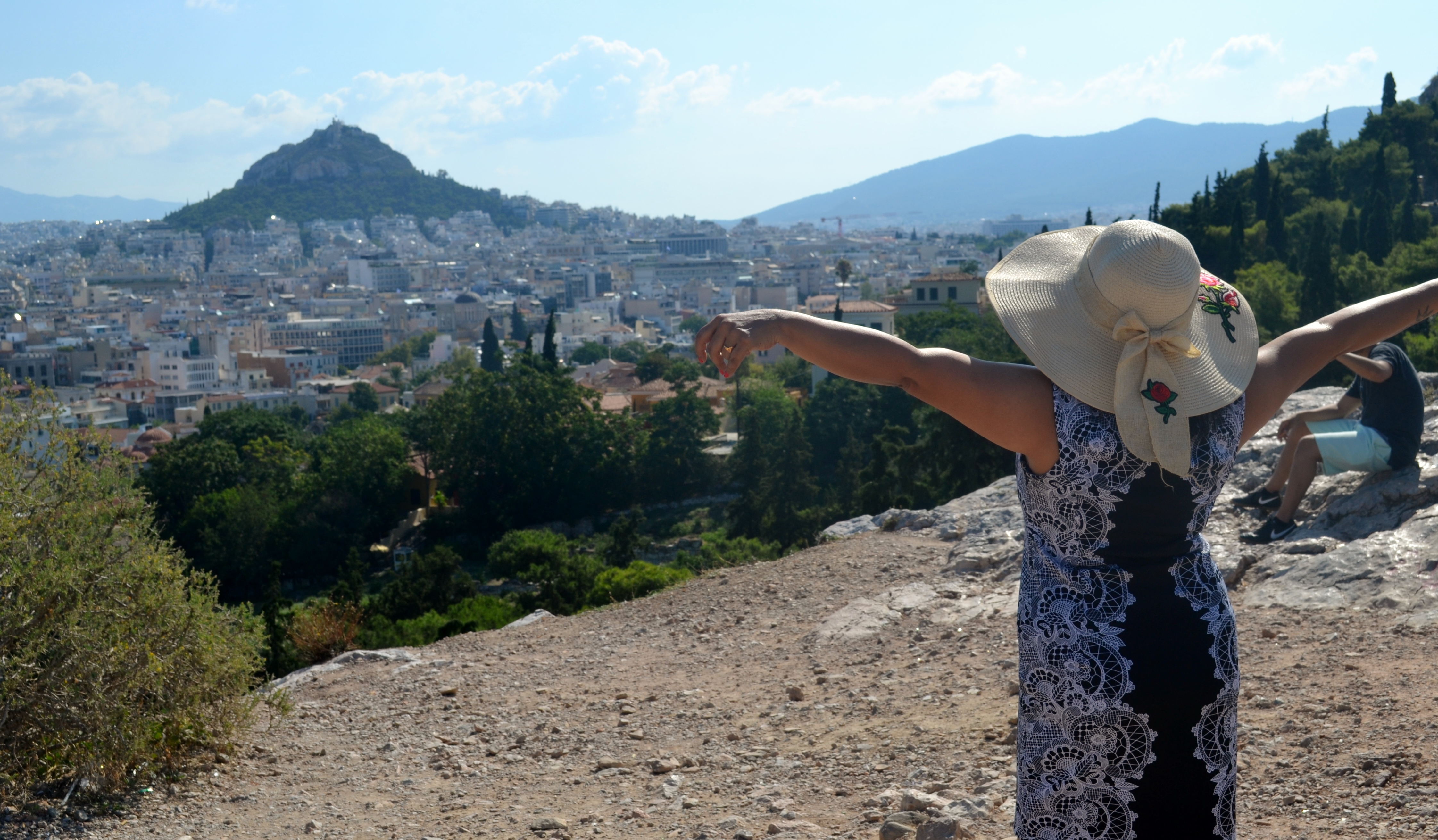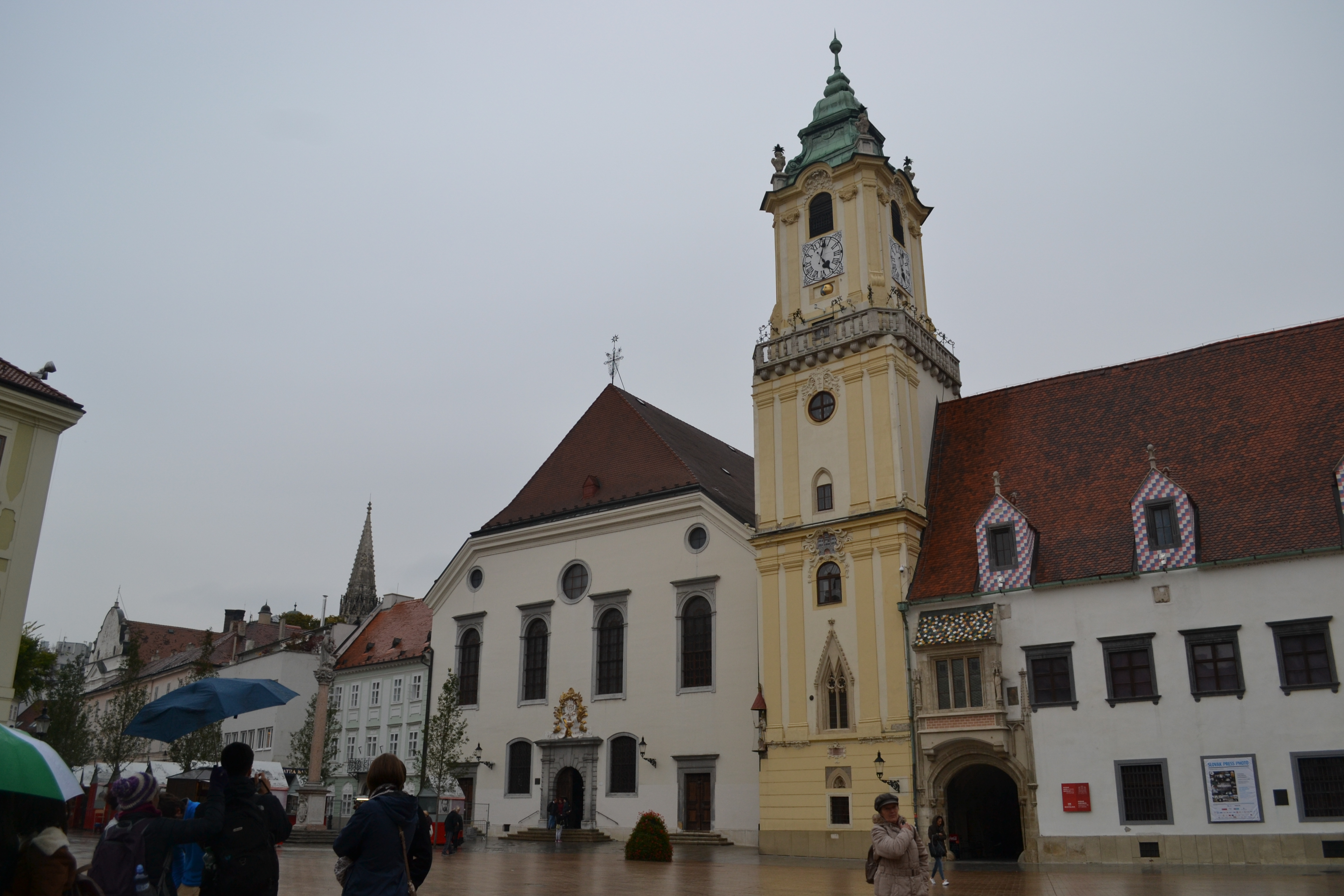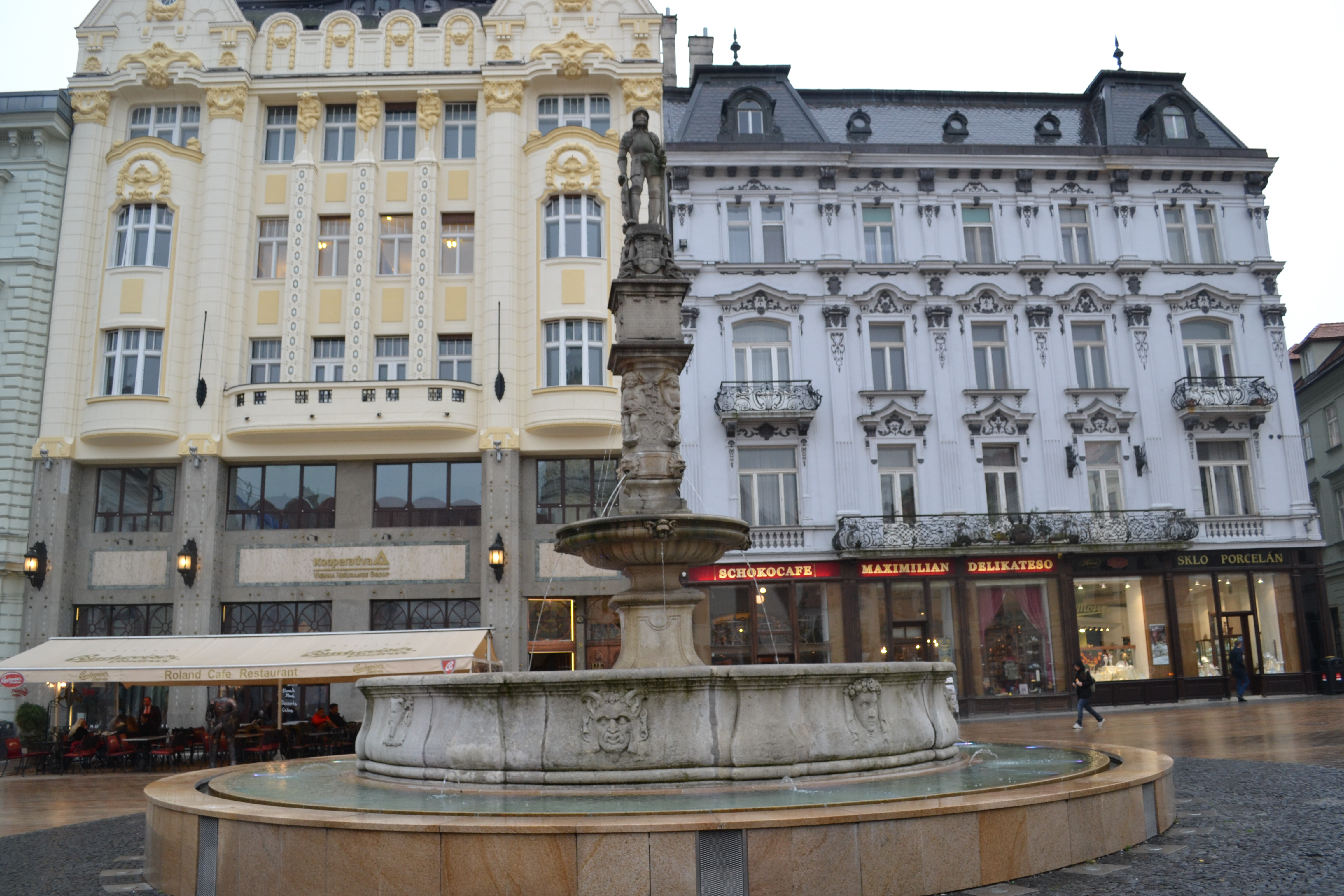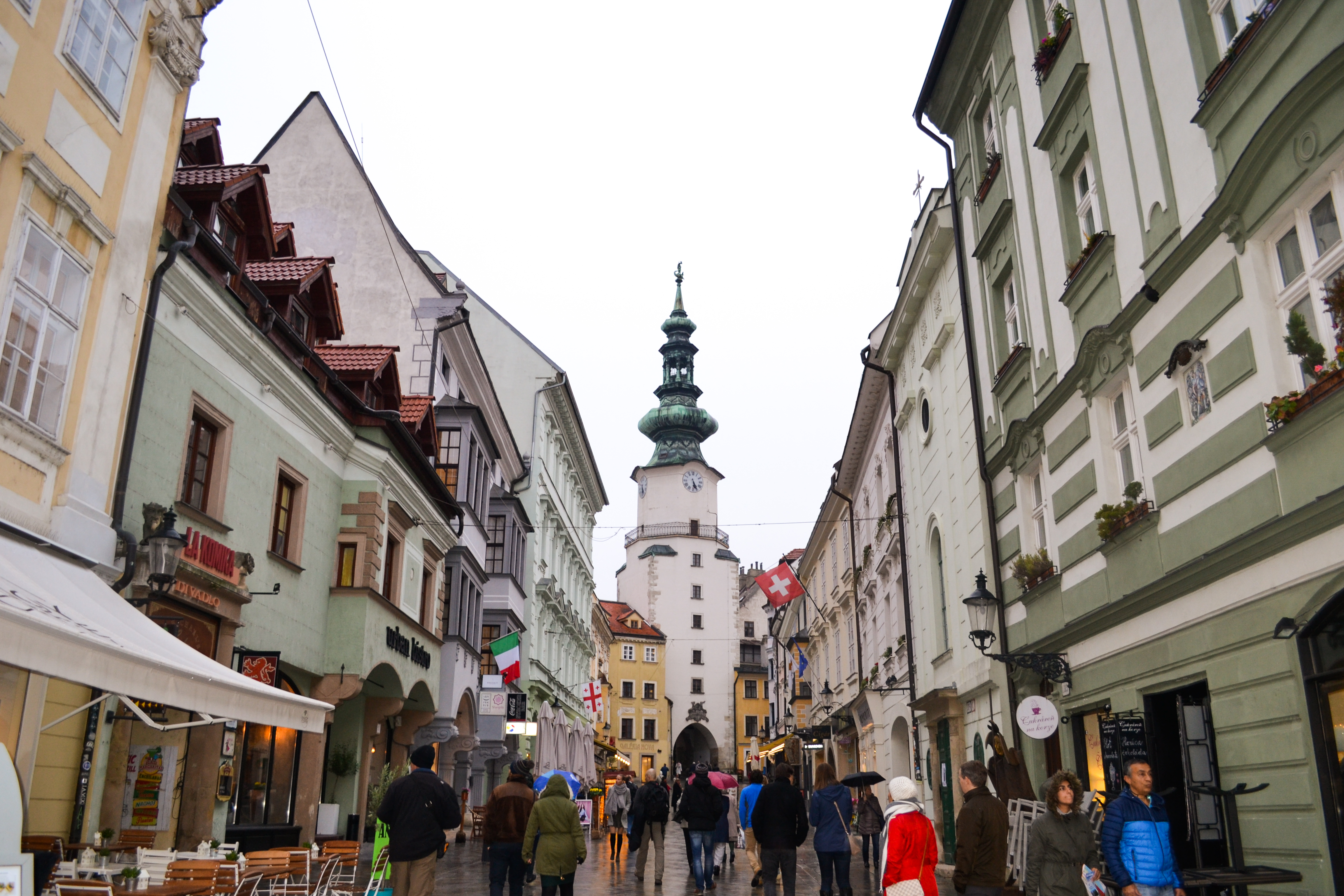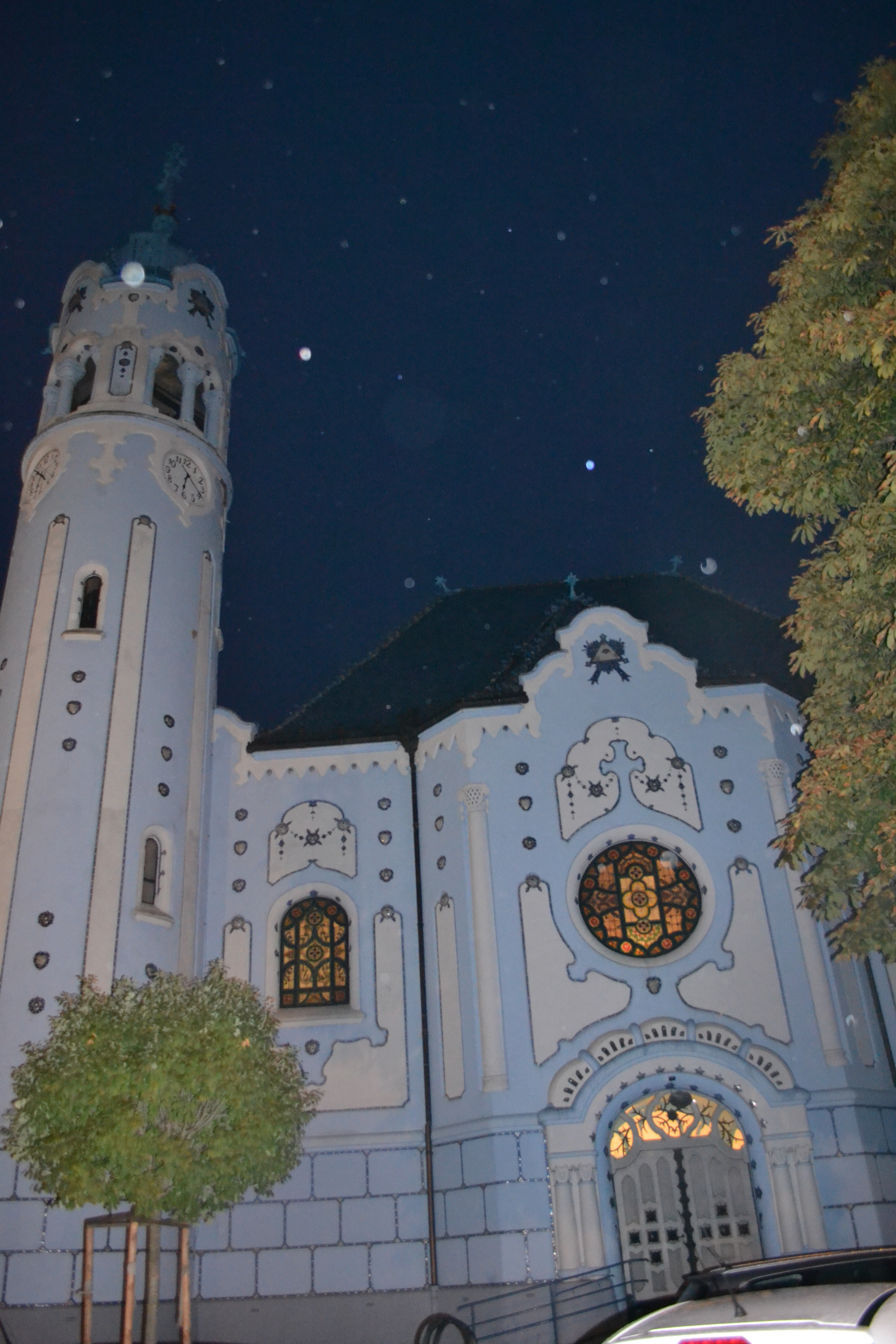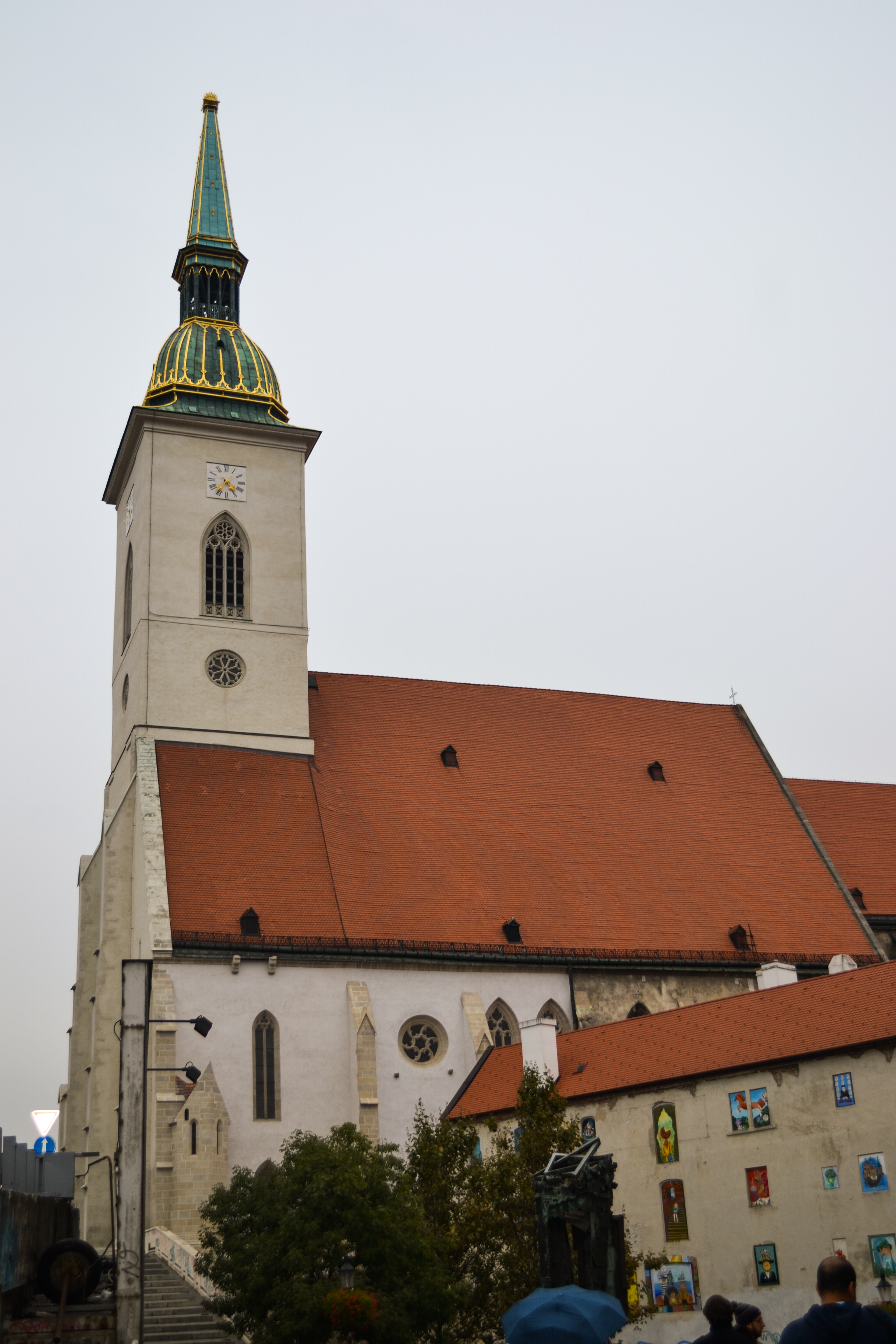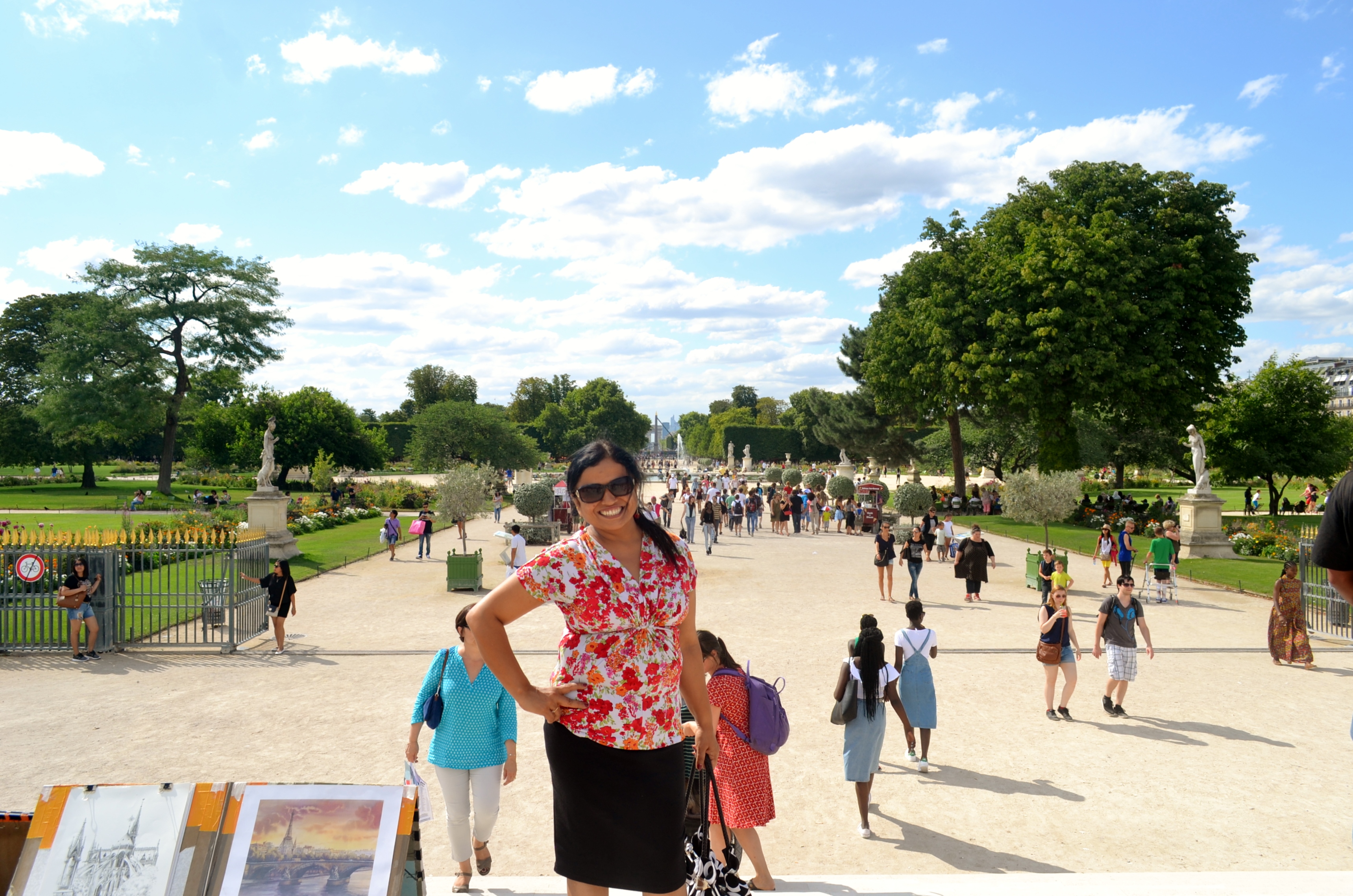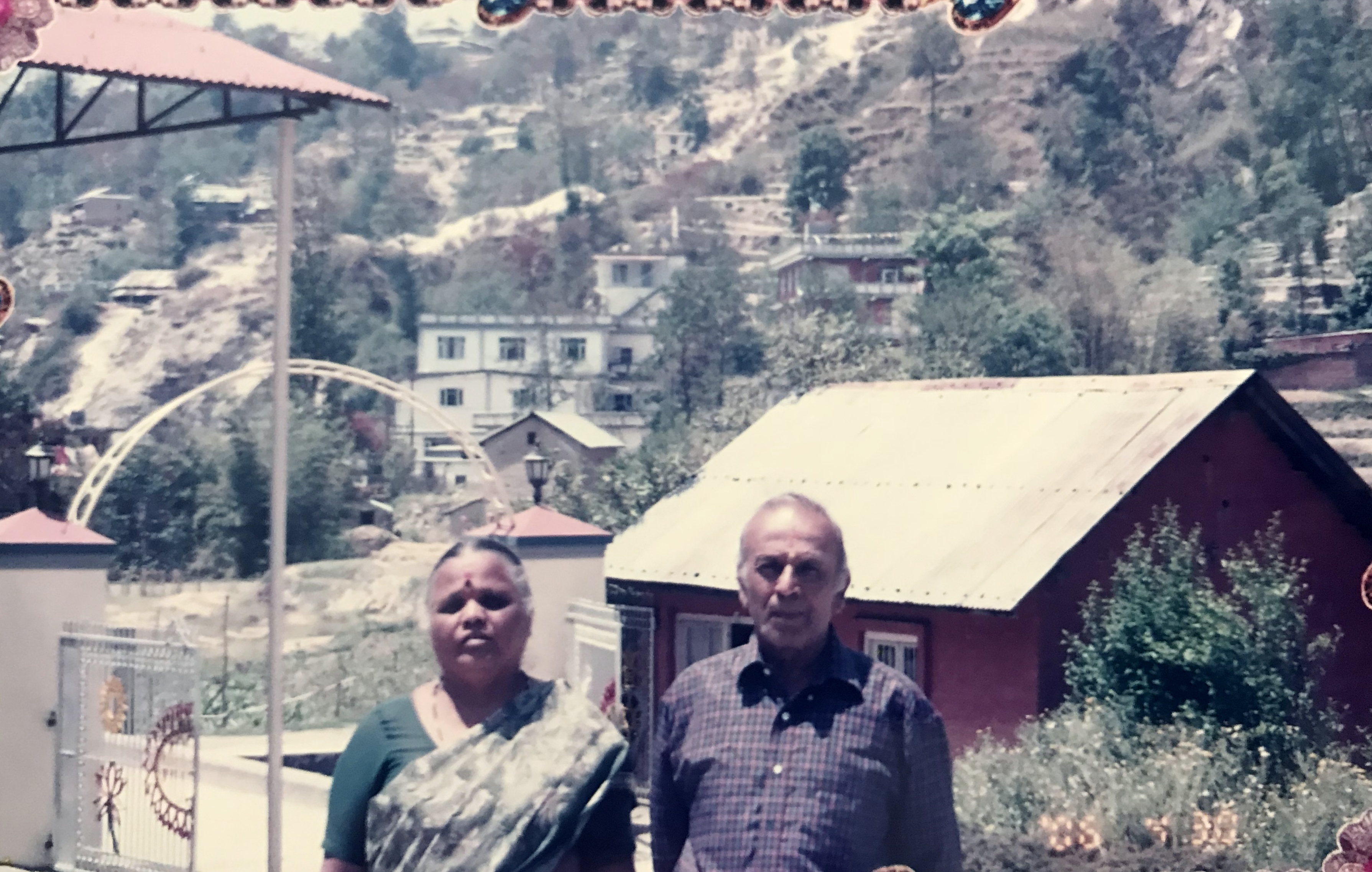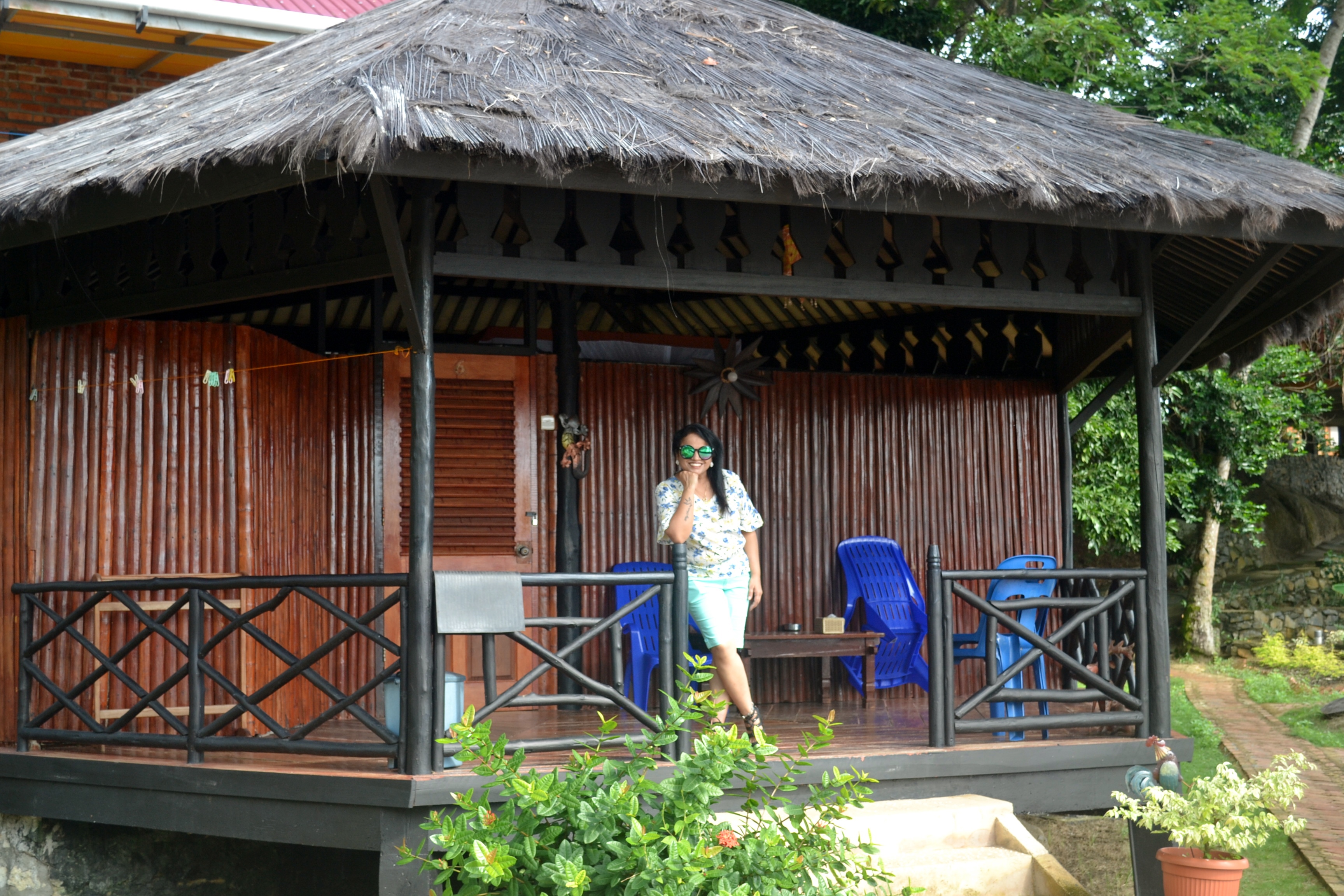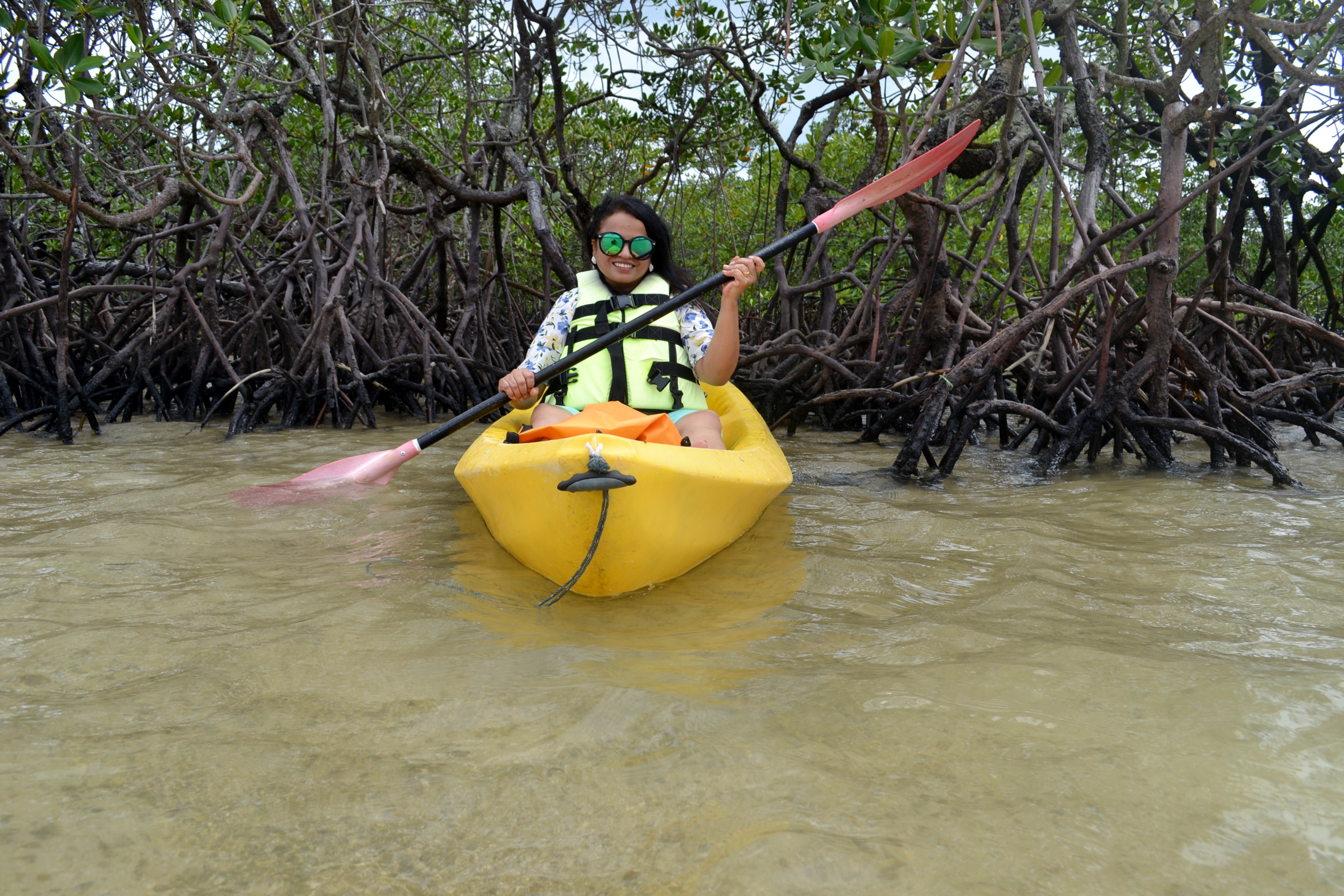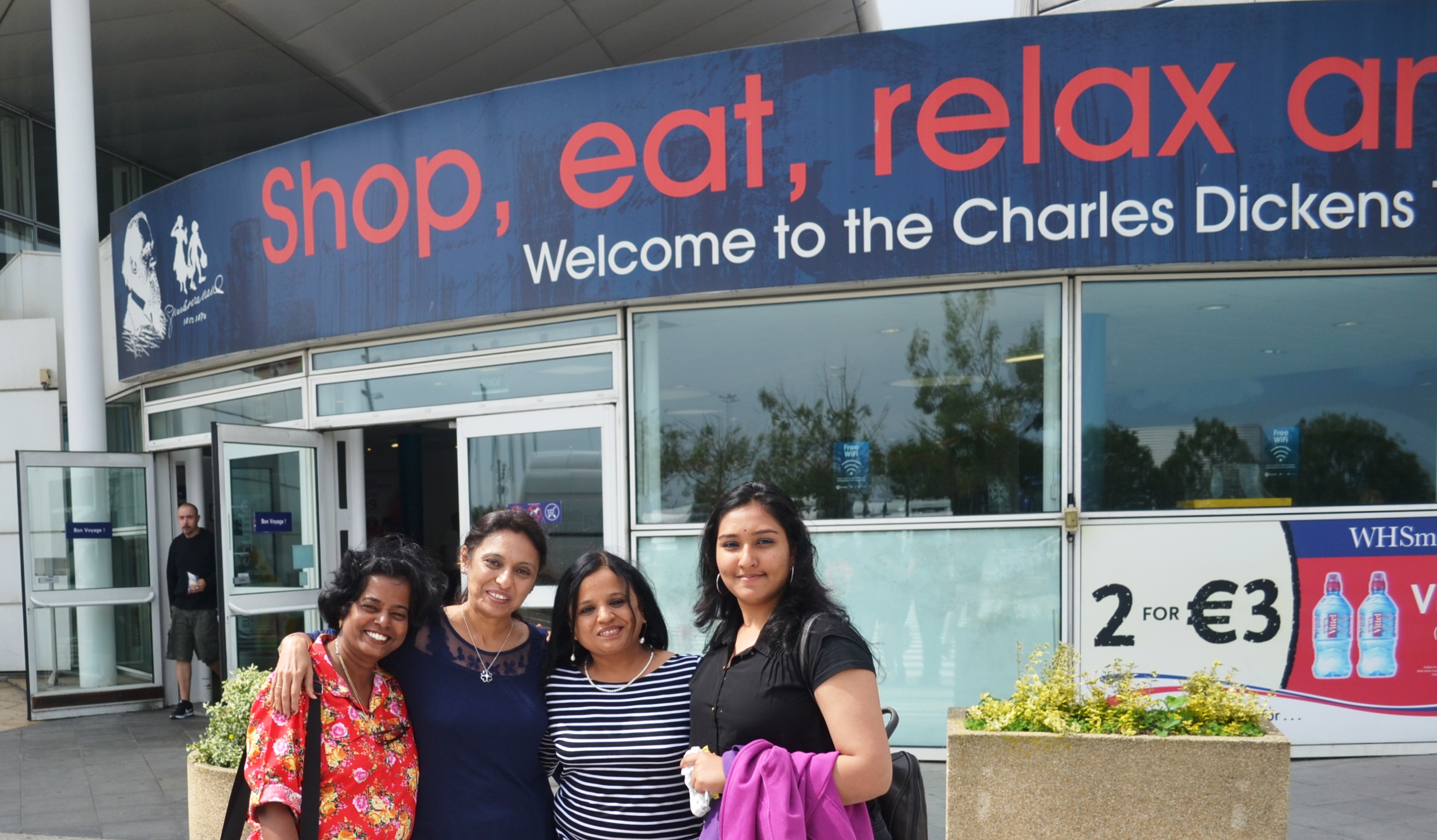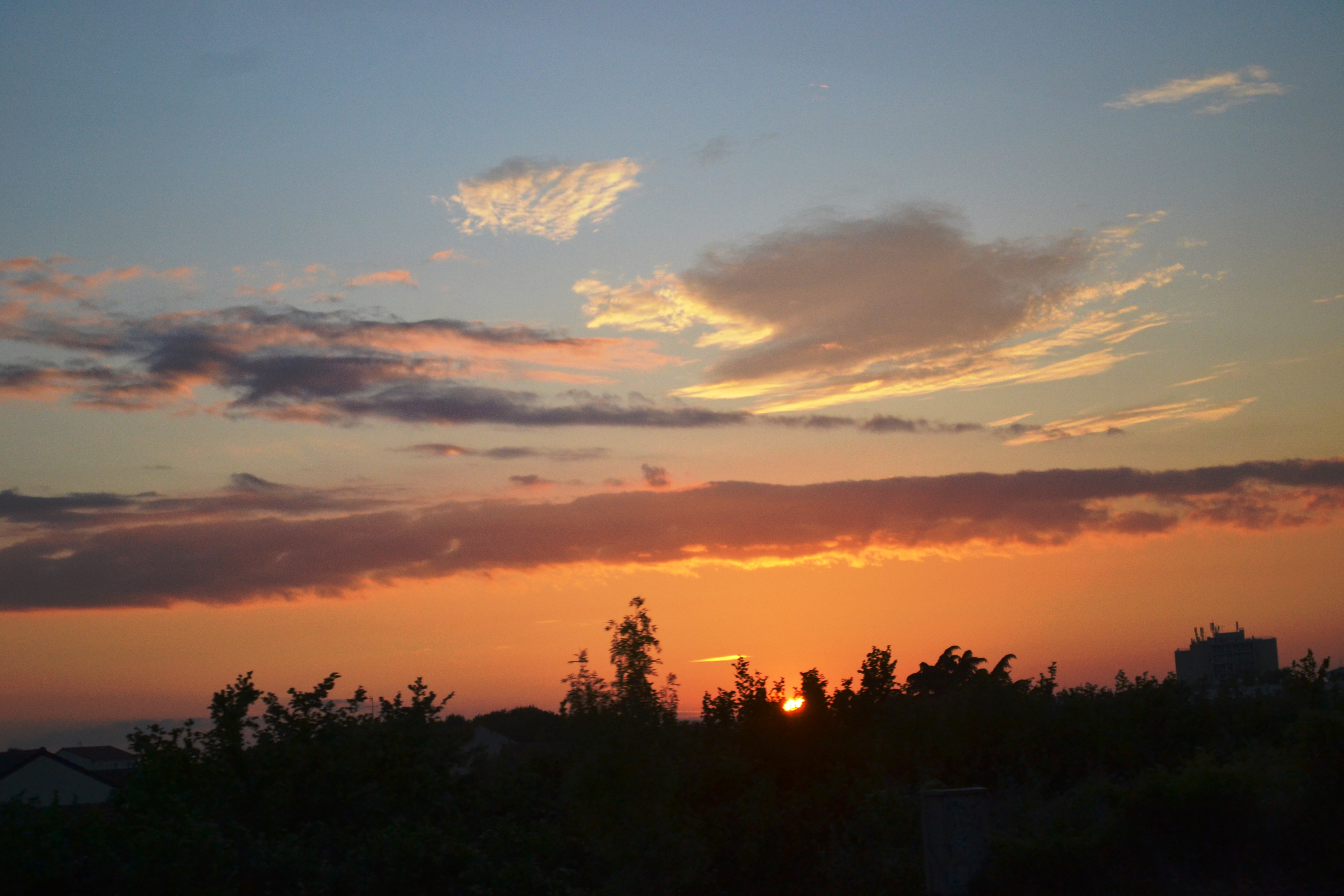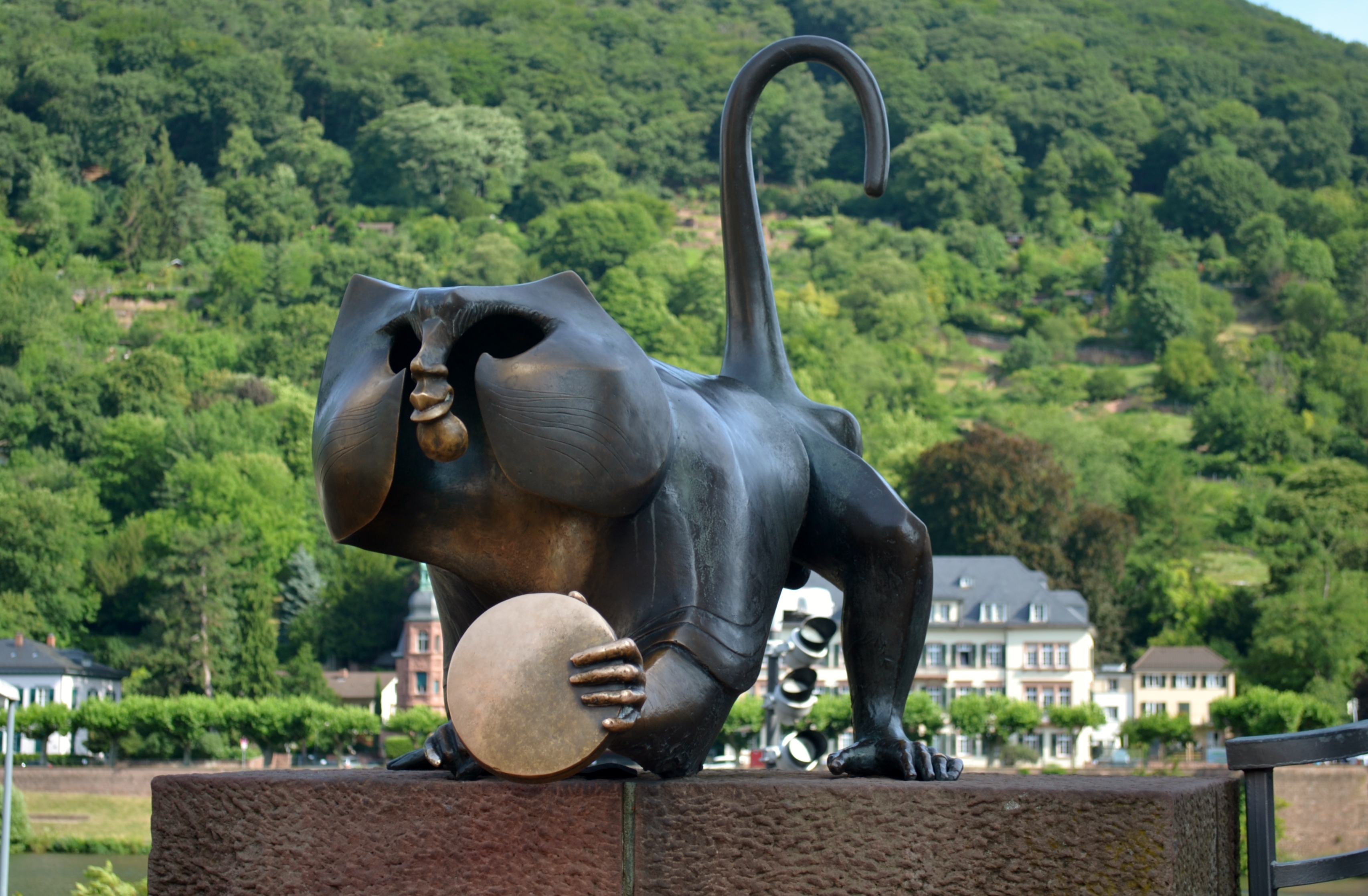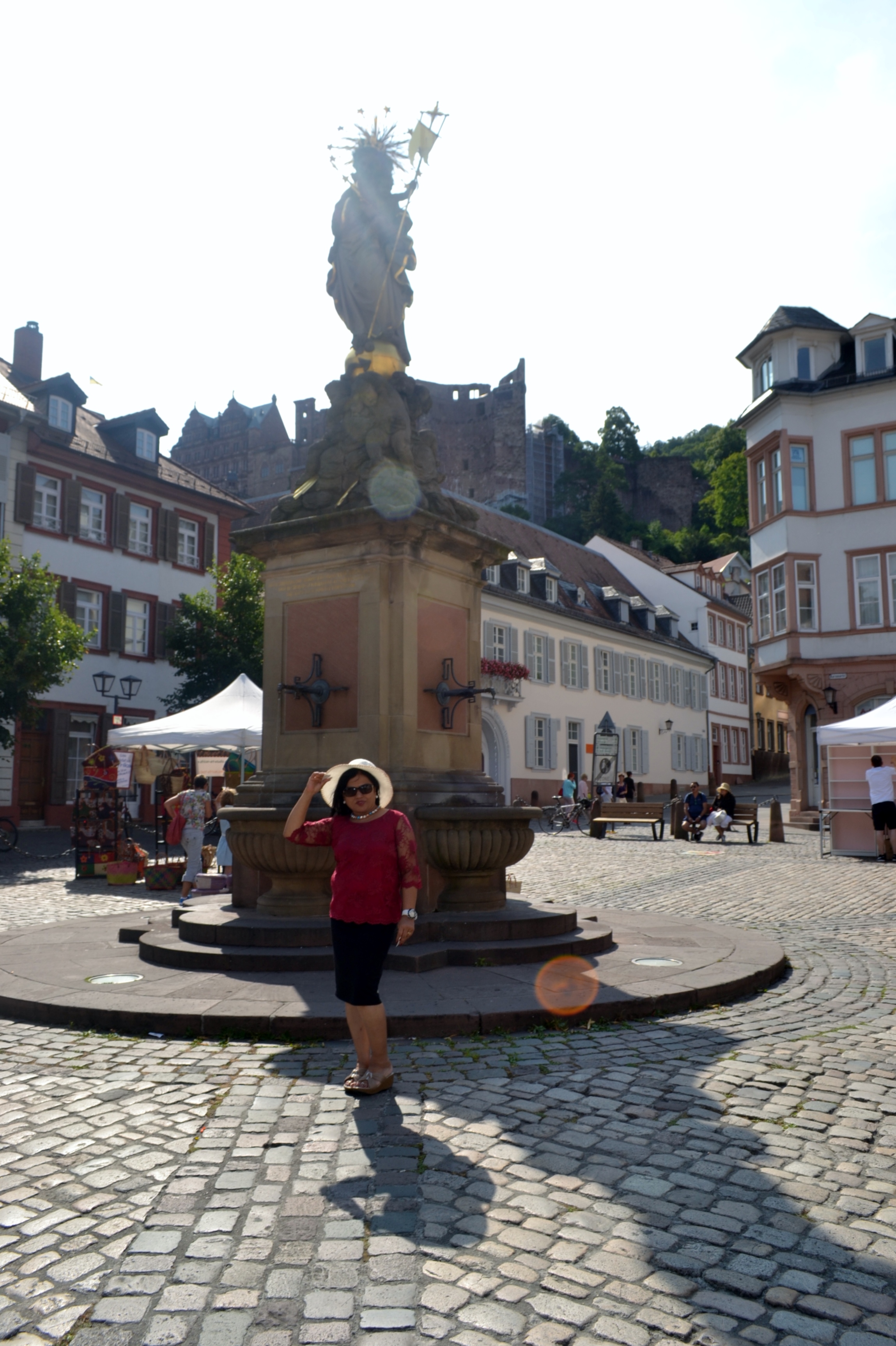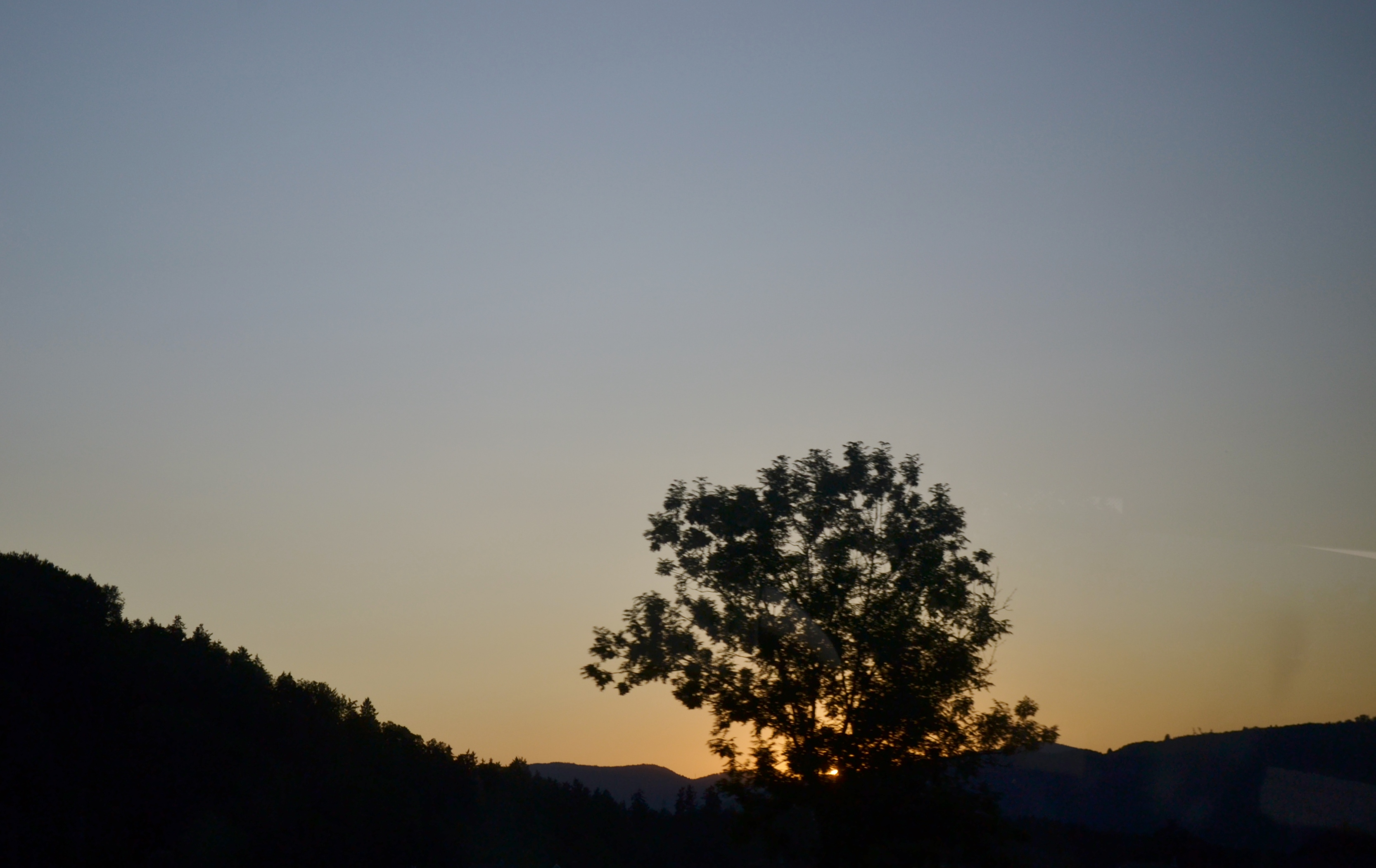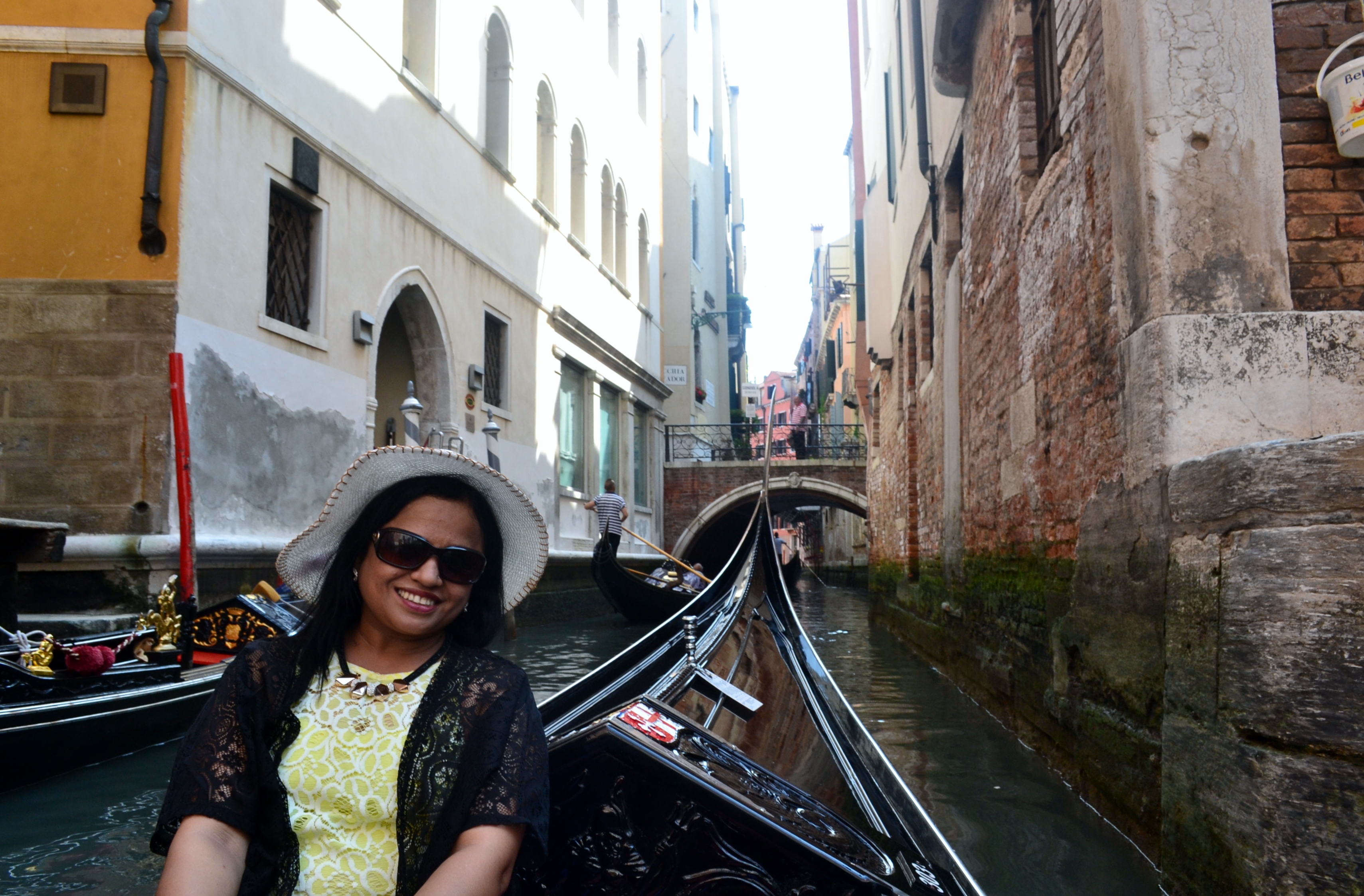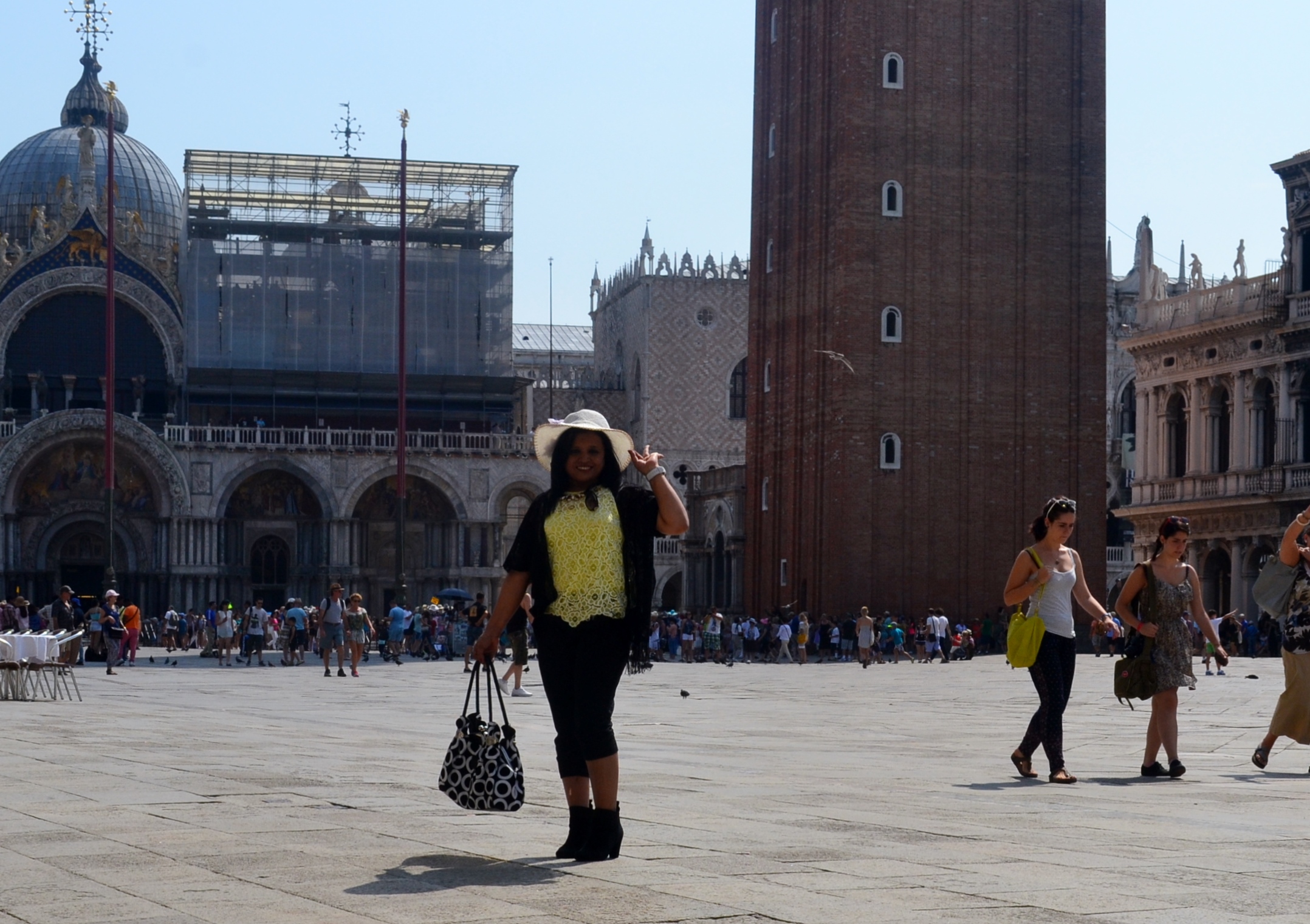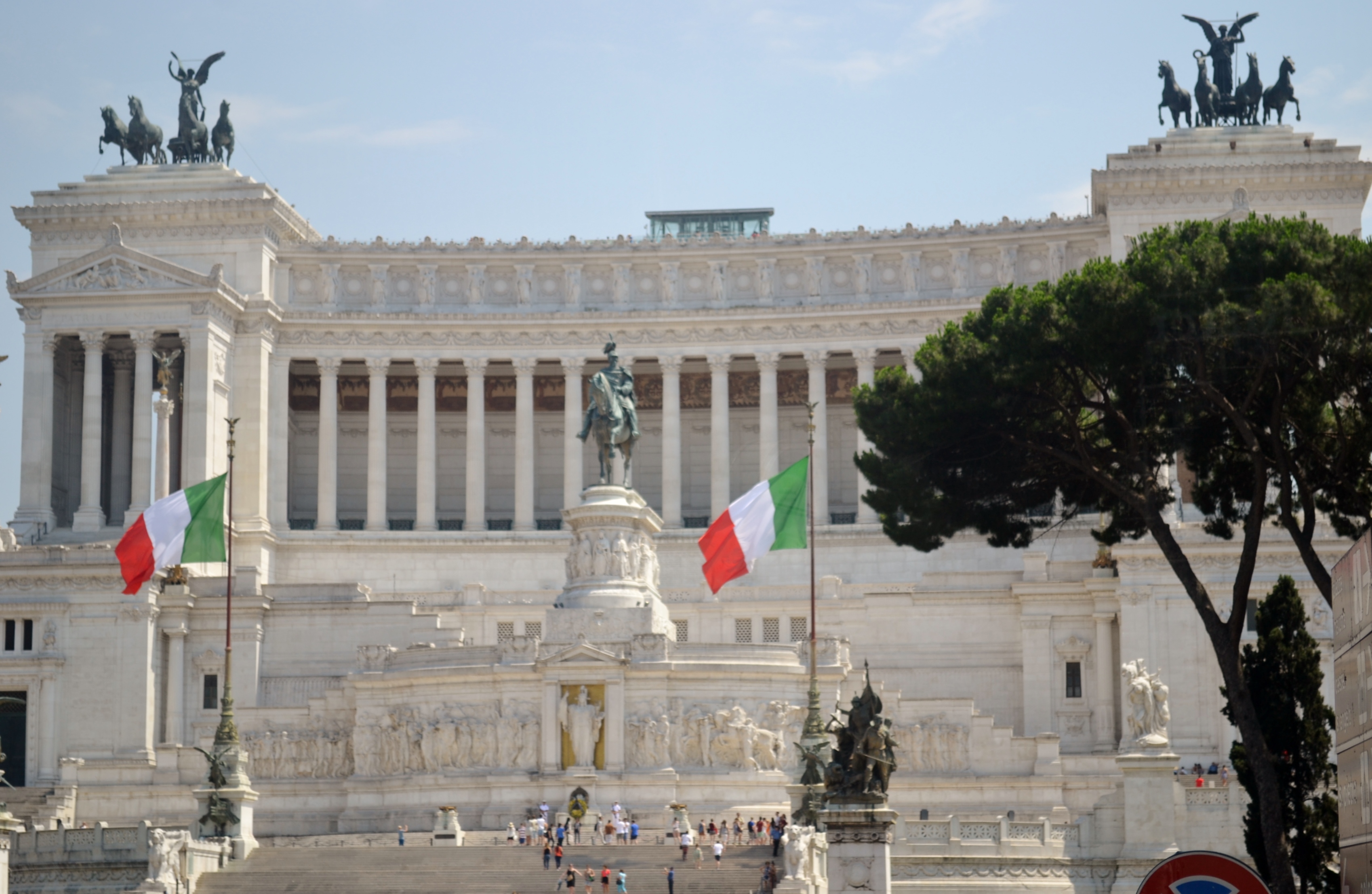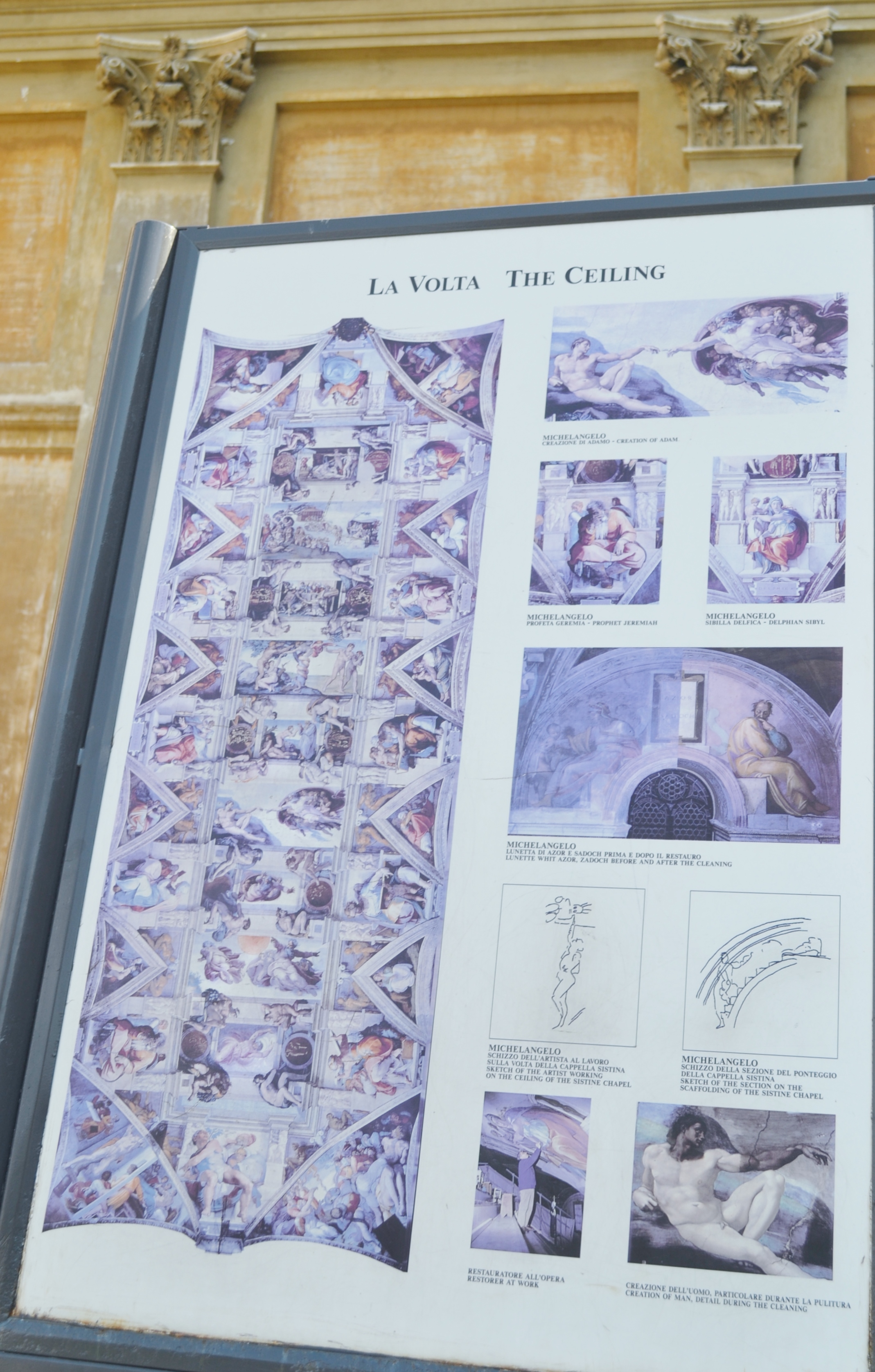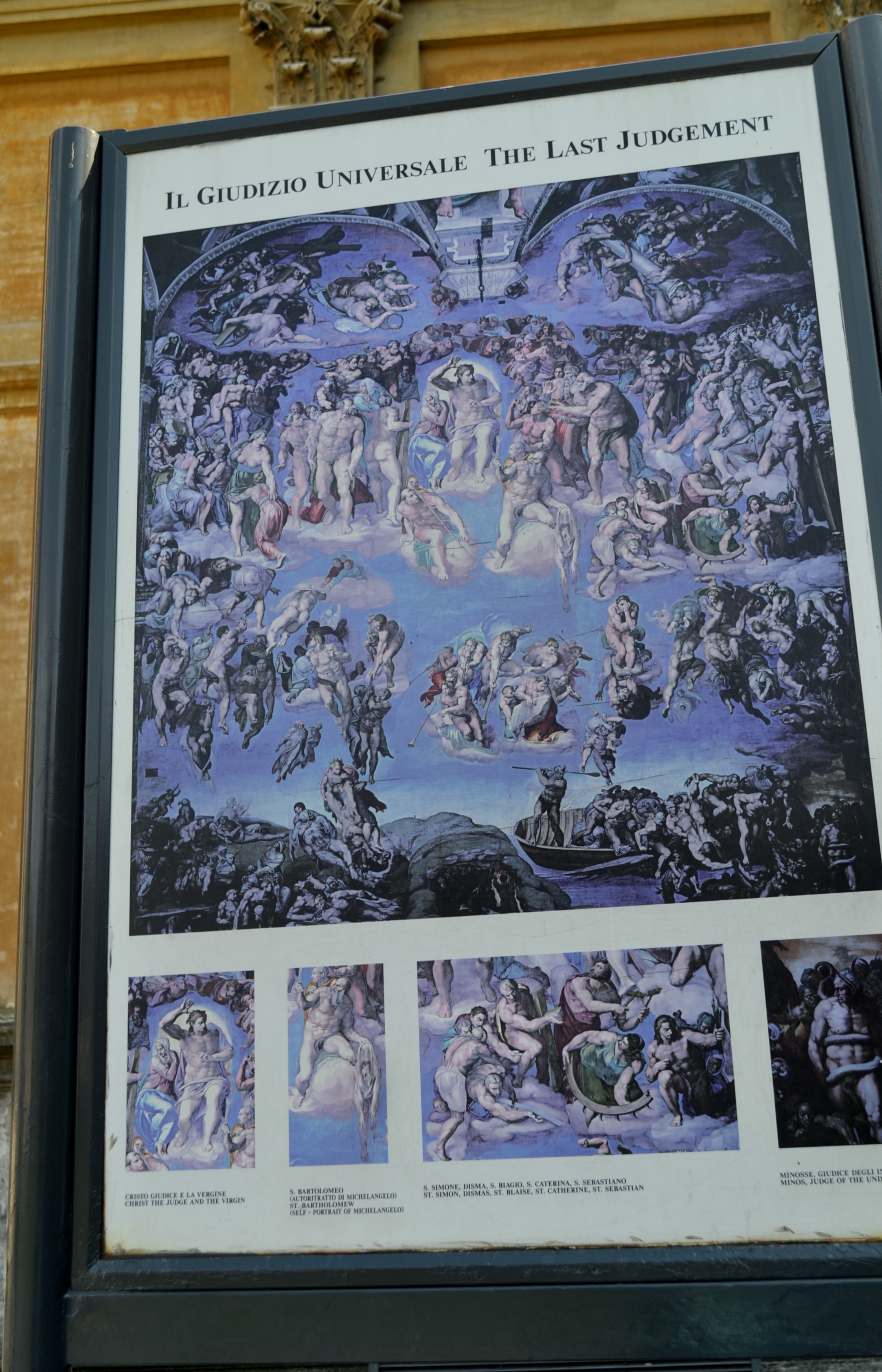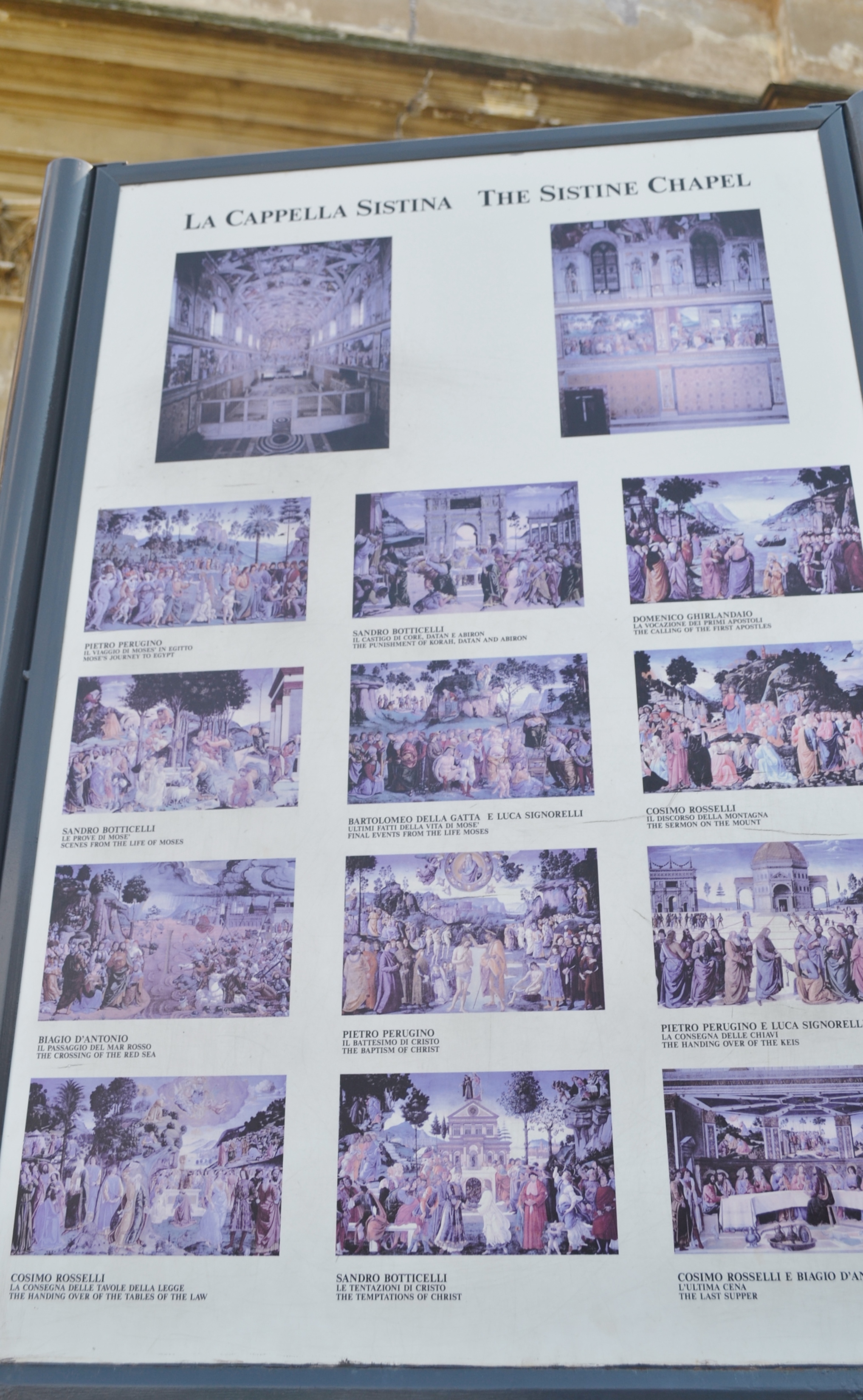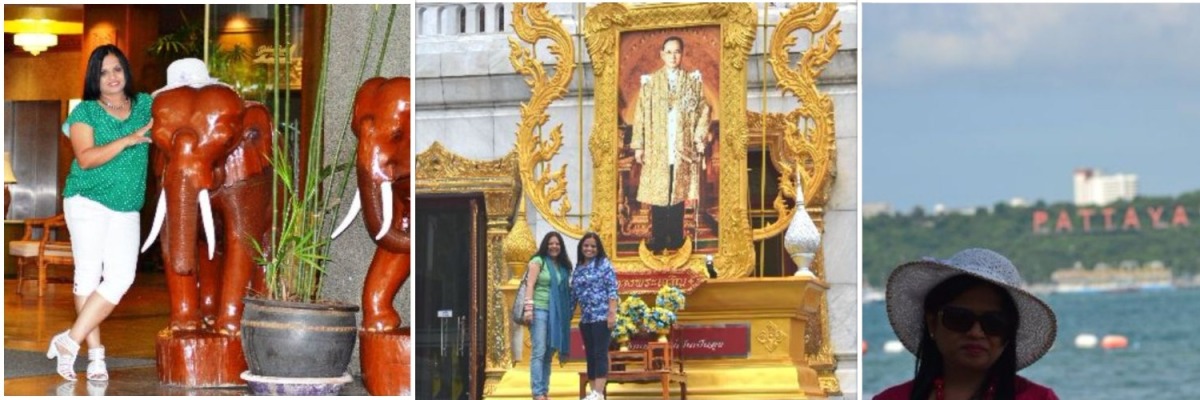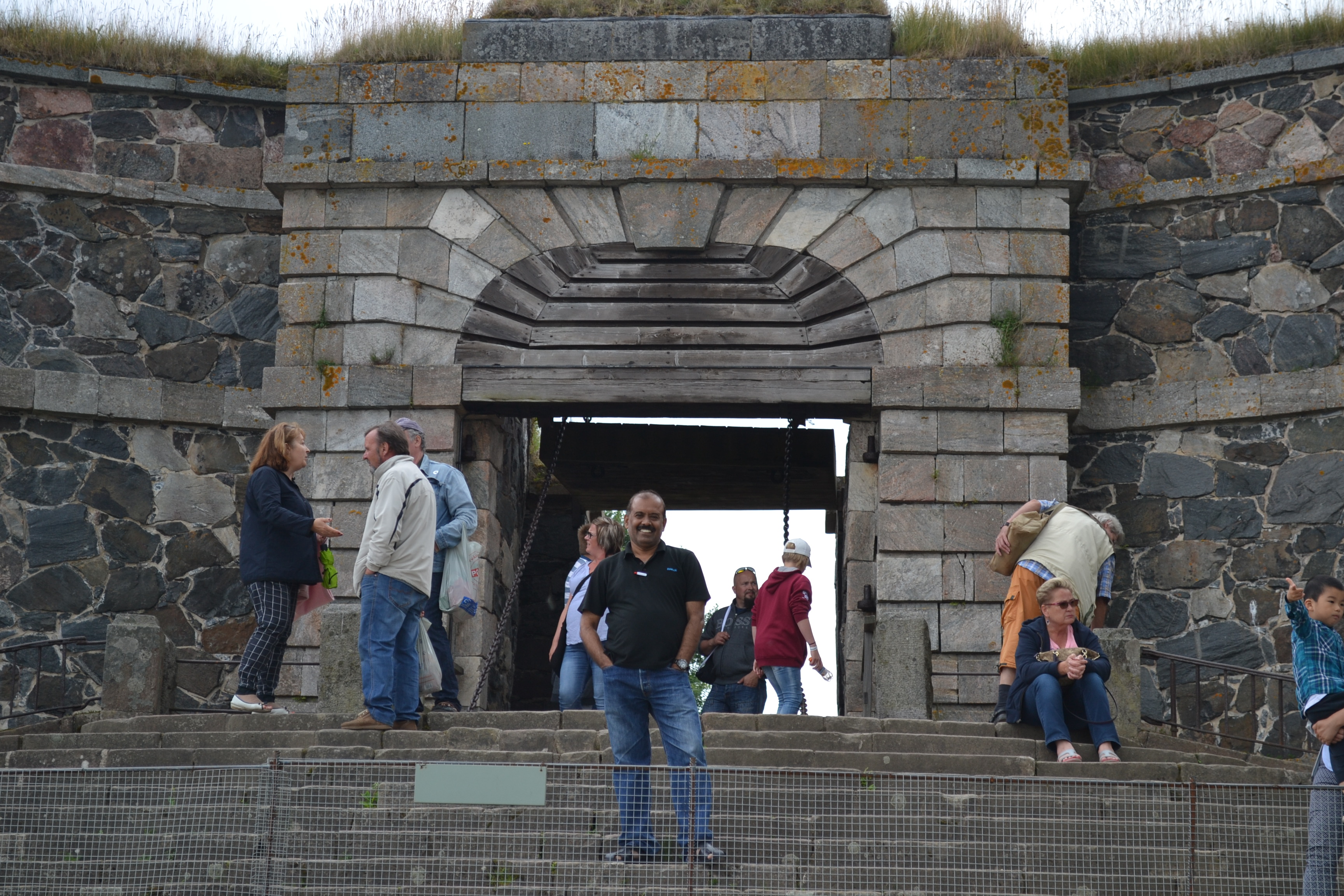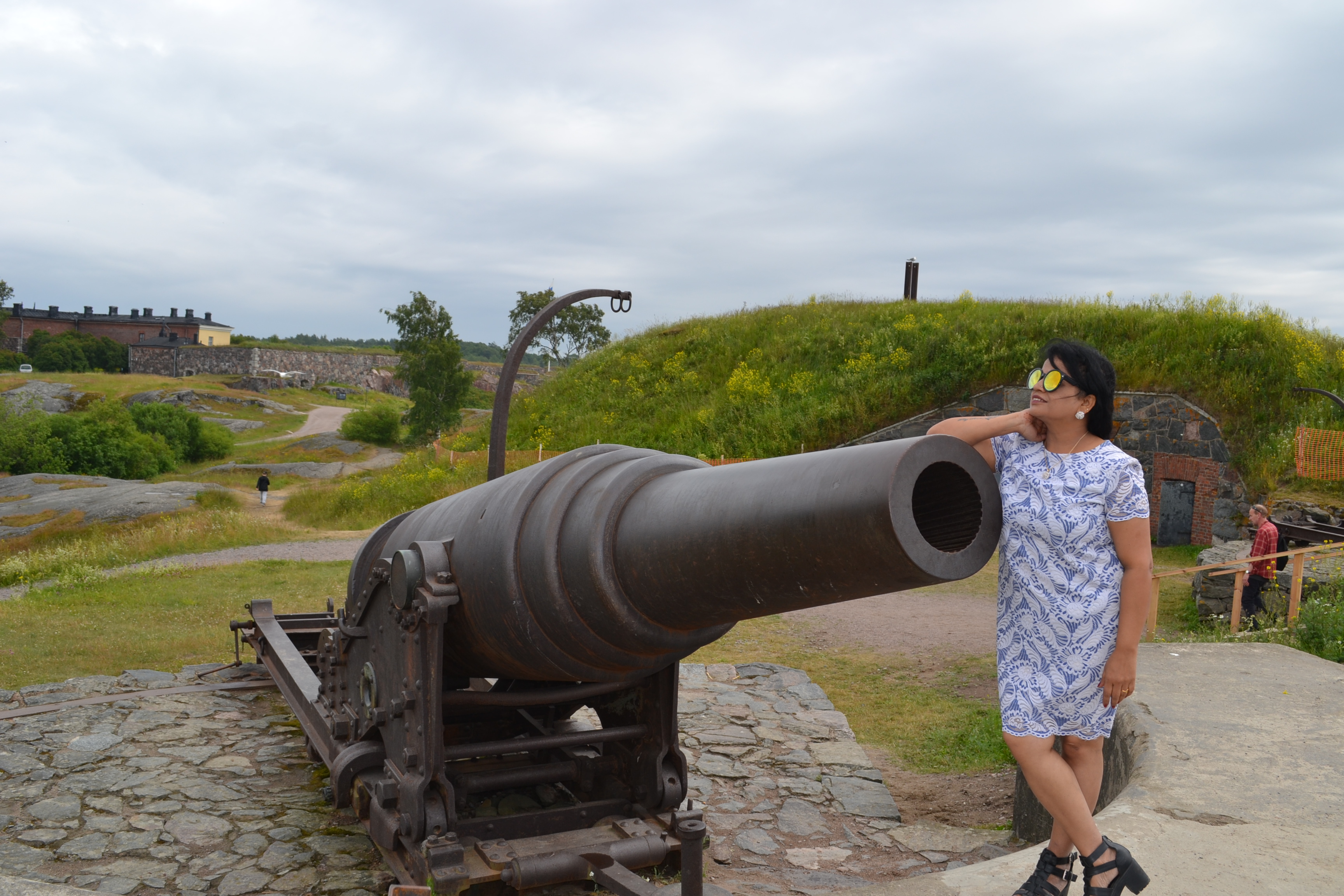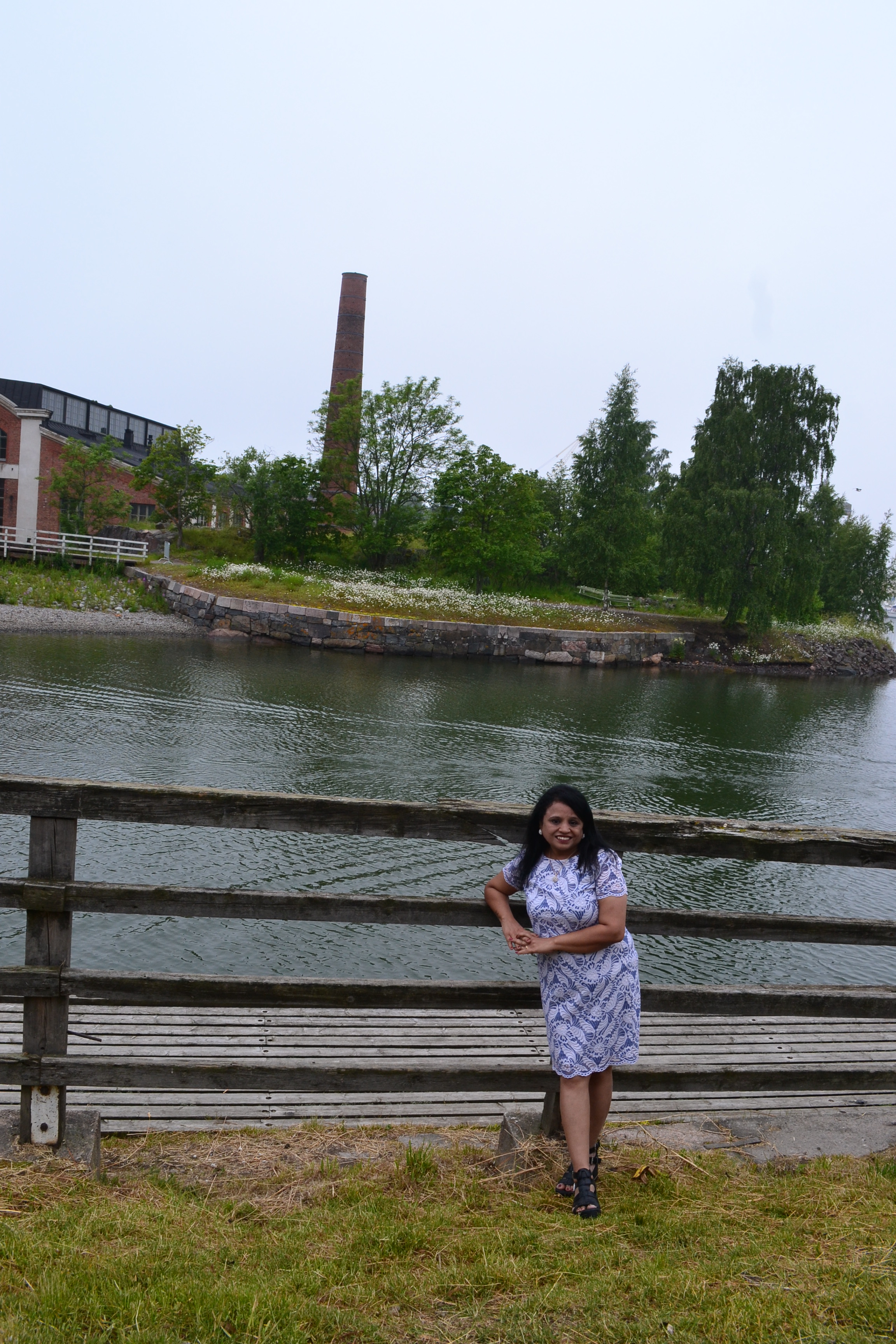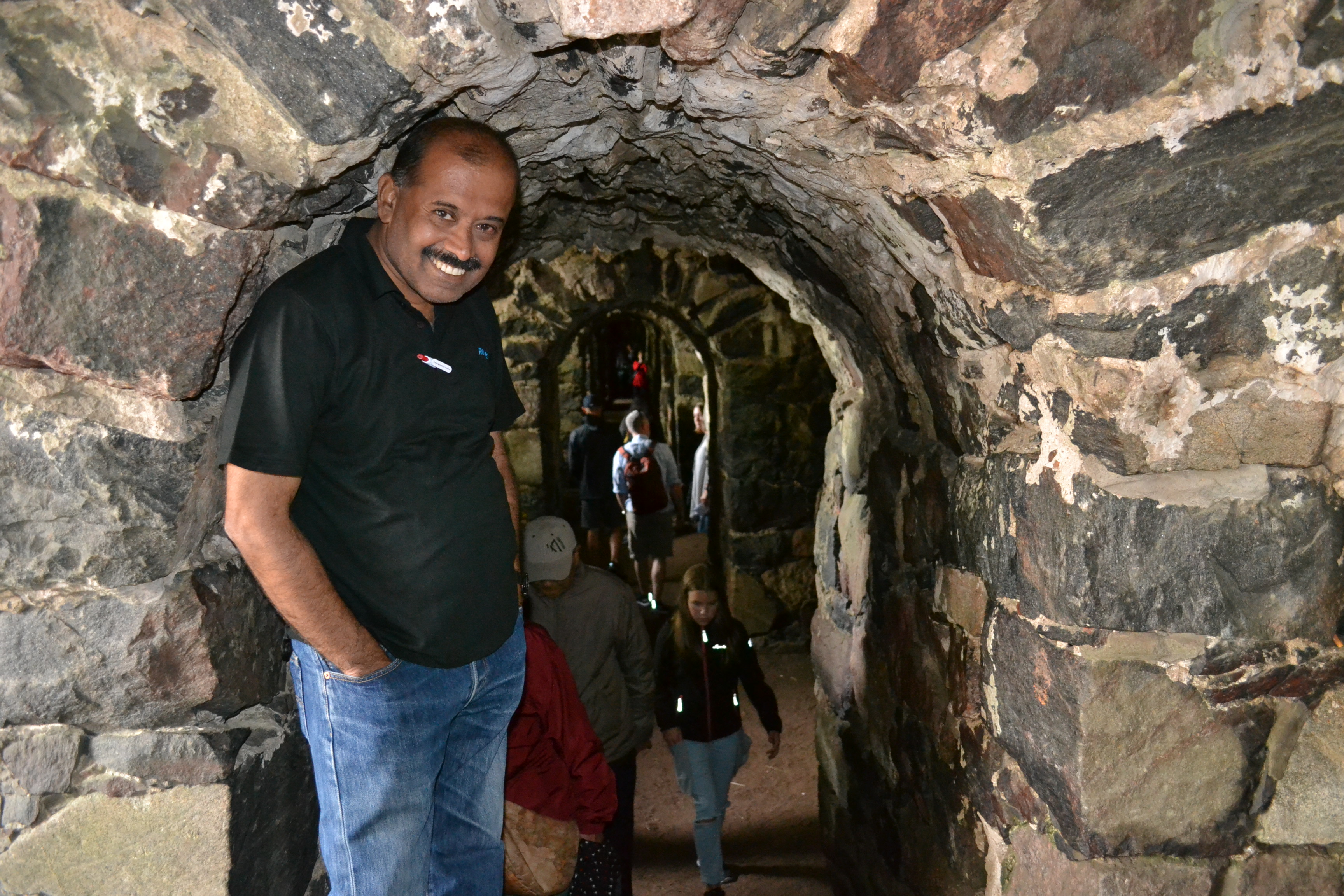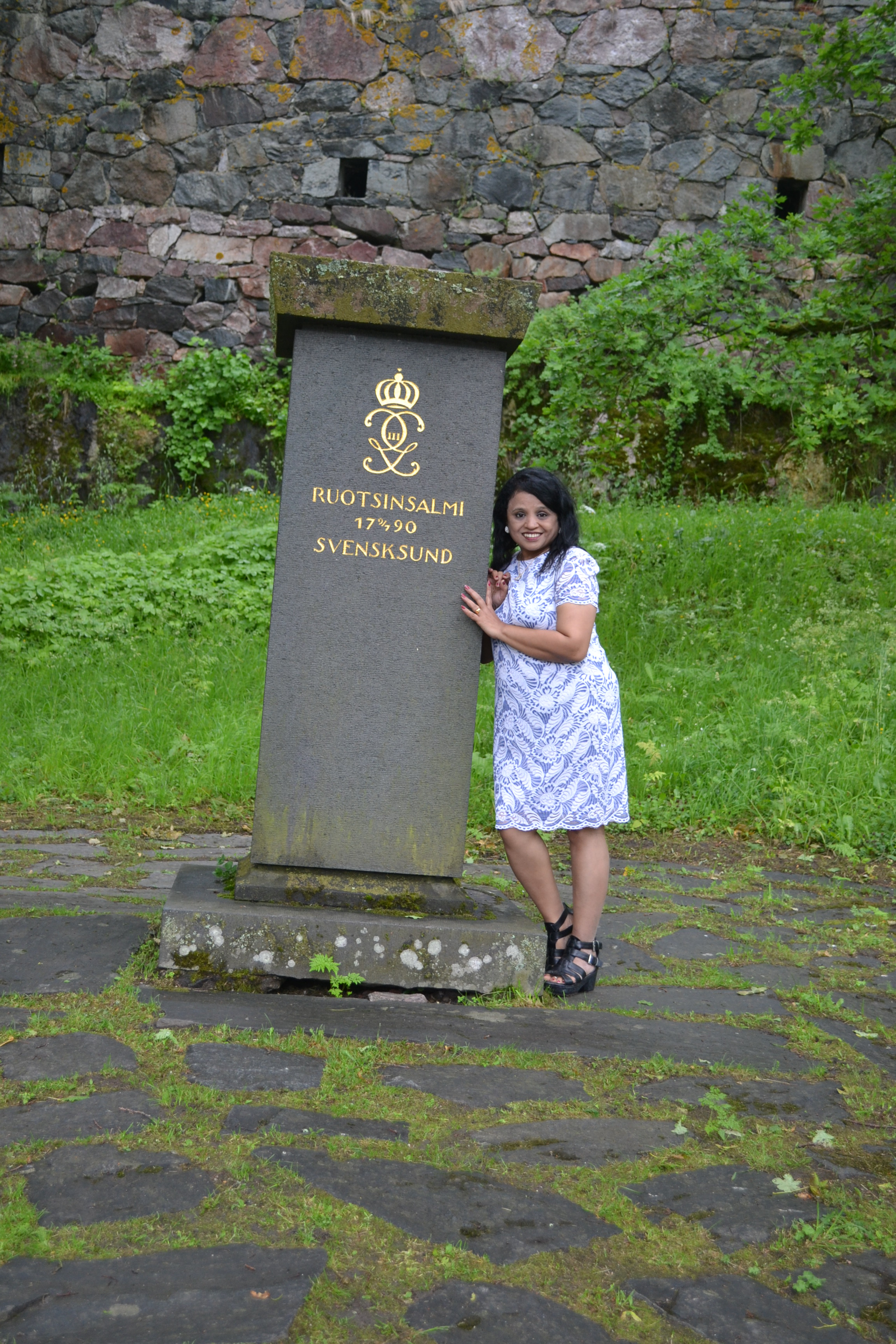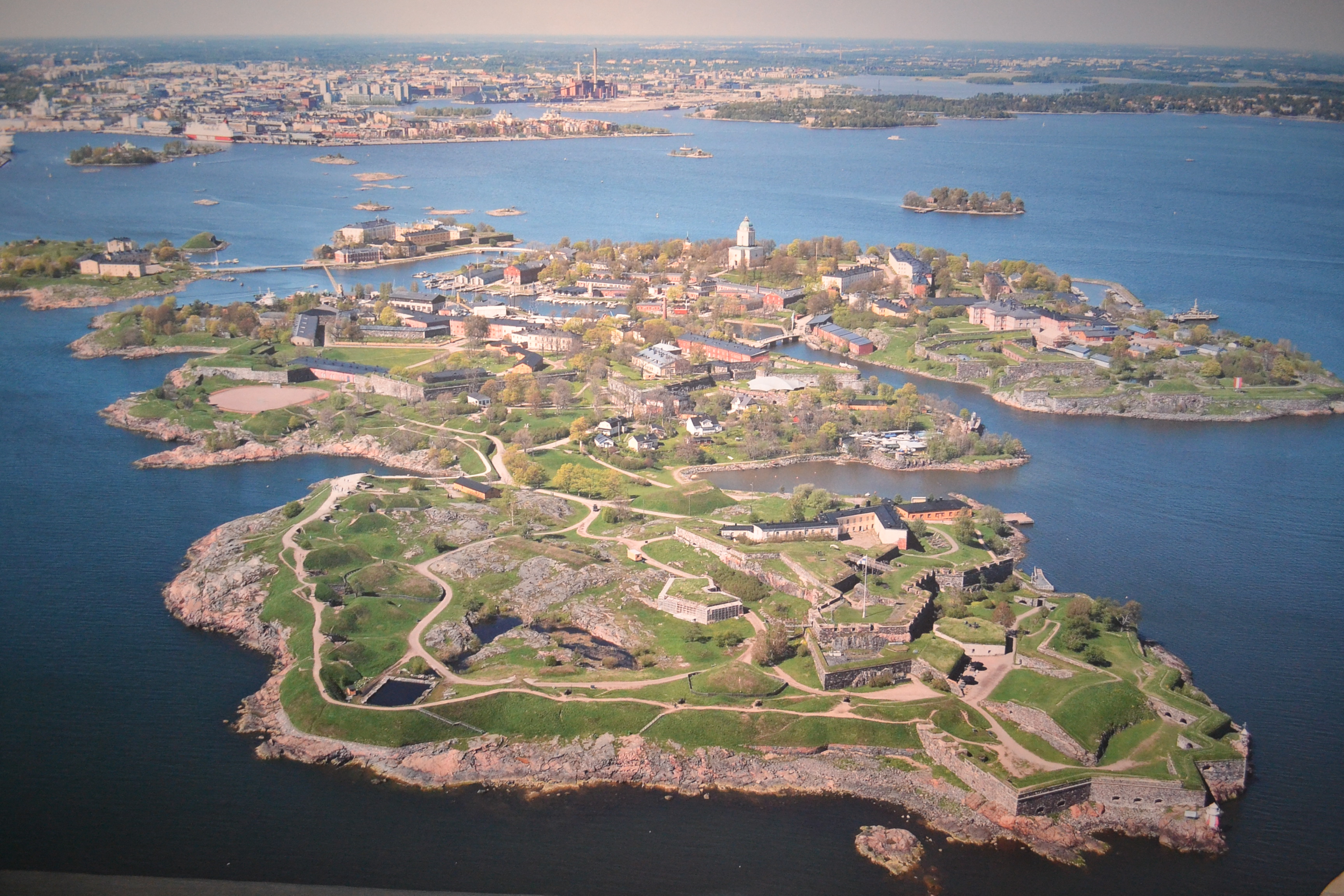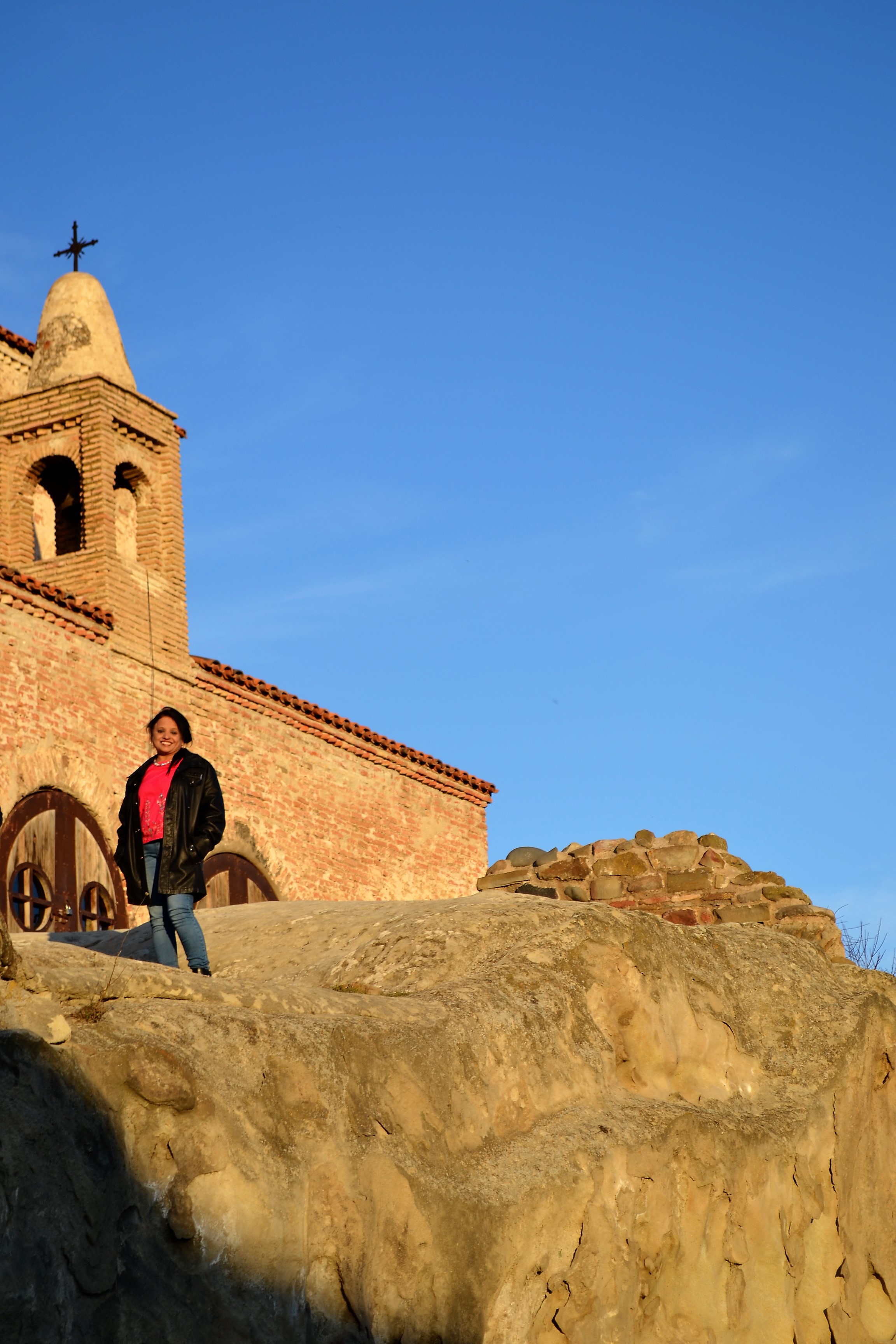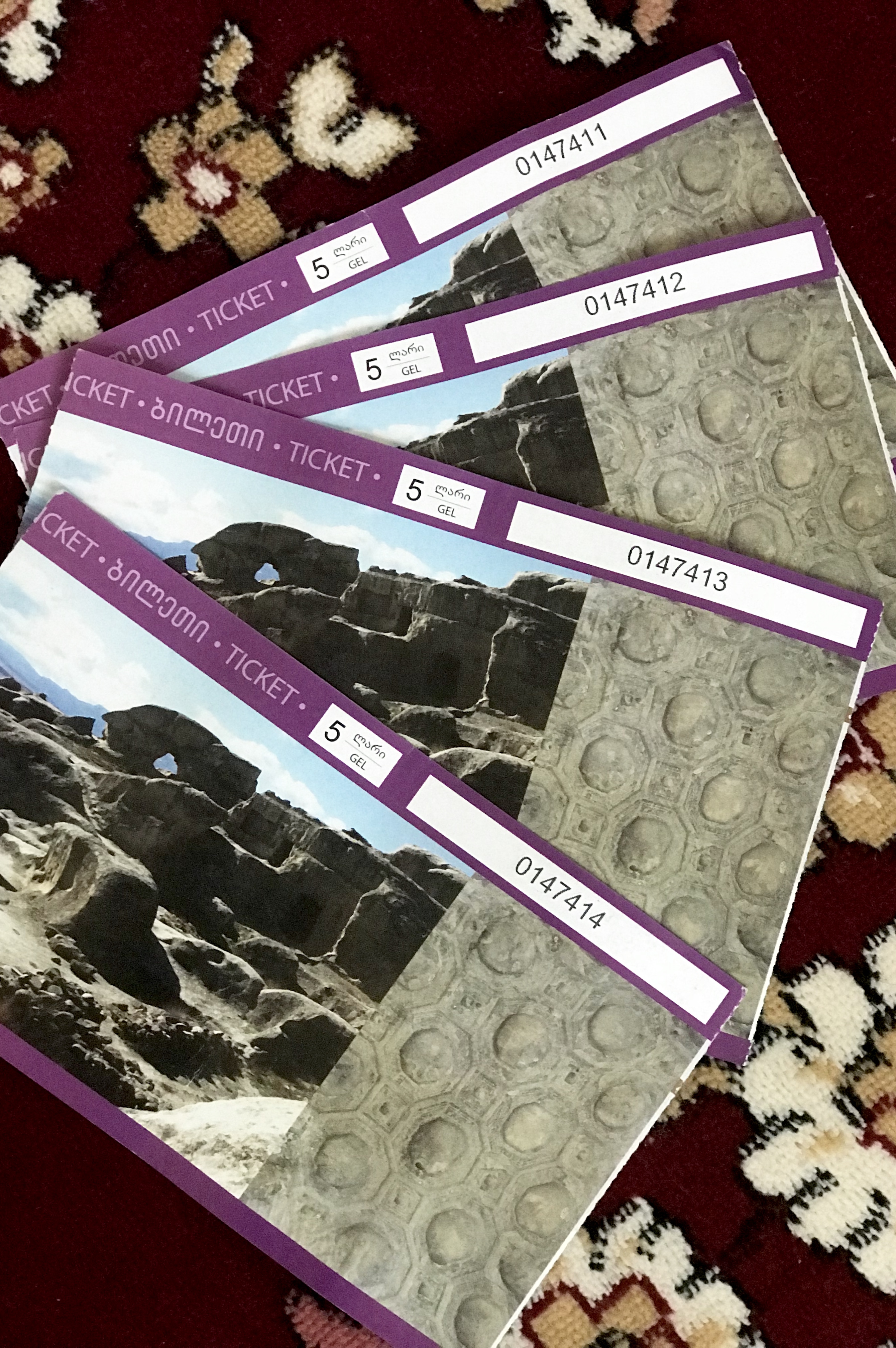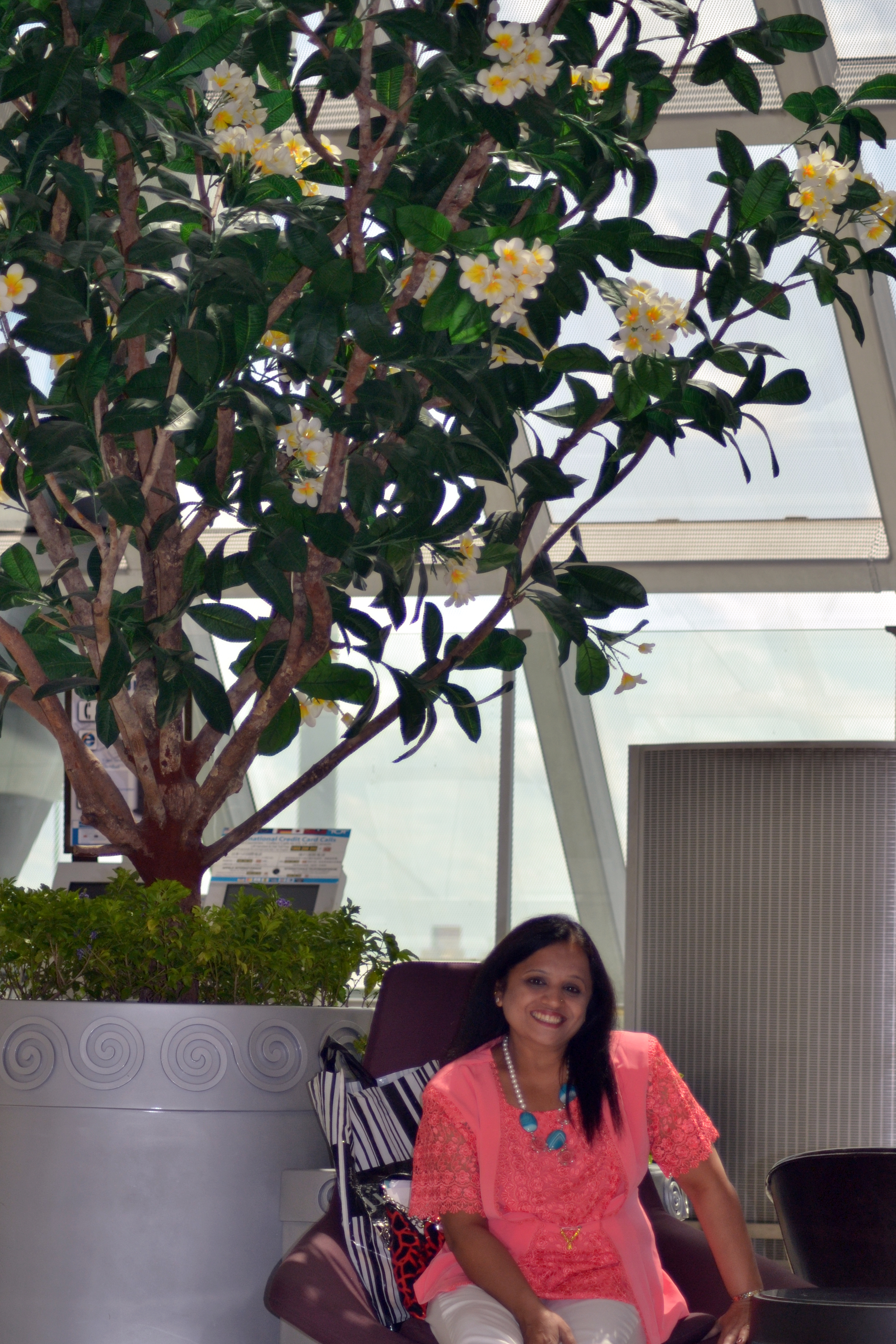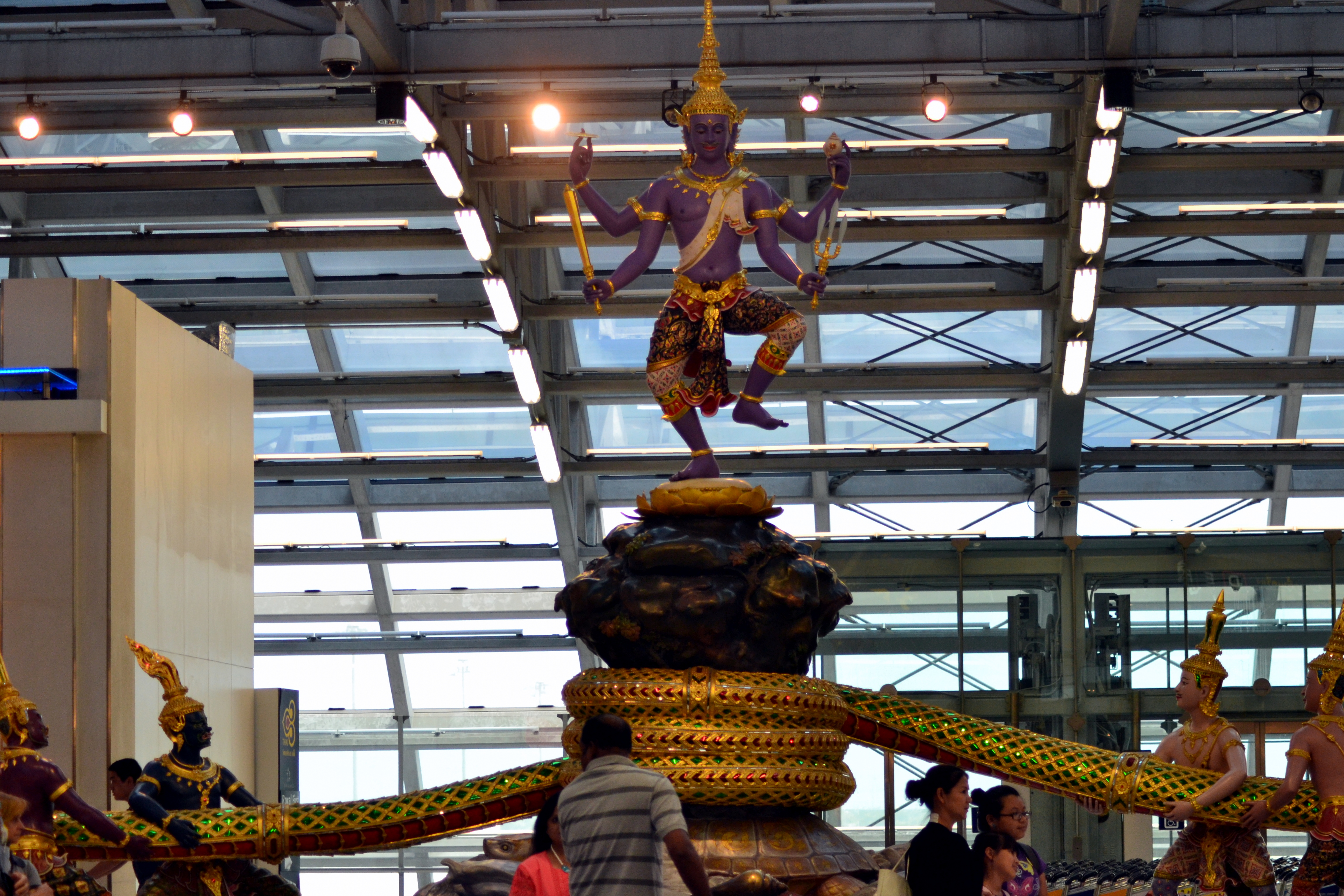‘Connecting Minds and Creating the Future’ through sustainability, mobility and opportunity.#ThankstoExpo
Today, Expo is celebrating 20 Million visitors. As an ardent and obsessed visitor with an uncountable number of visits to this amazing World fair, I would like to share my experiences and my list of top 10 pavilions. It’s been 171 days since Expo opened doors and I’m so excited that I have been a part of this incredible milestone.




While each of the 192 country pavilions offers unique experiences related to the country, there are plenty of other activities awaiting visitors, from dipping your toes in the Surreal waterfall and getting an aerial view of the entire Expo site from the Garden in the Sky, to engaging in sports and games at the Sports Arena and having some fun time at the Festival Garden or simply snap chat.



Expo is divided into three main districts or ‘petals’, equidistant from the heart of Expo, Al Wasl Plaza. Named Sustainability, Opportunity, and Mobility Districts, these are where you will find the bulk of the pavilions. The spaces between the petals are dedicated to two verdant parks – Jubilee and Al Forsan.

Top 5 Tips: How-What- Why?
- Use metro – it will bring you to the main gate. Dubai Metro’s Route 2020 runs straight to the Expo site. Drop off is right at the mouth of the site’s entrance, next to the Dubai Exhibition Centre, putting you directly in the path of Al Wasl Plaza, which is just a short stroll away. Frequency of the trains is approximately every two minutes.
- There are also 203 buses, transporting Expo visitors from 18 stations across Dubai and key cities of the UAE. In addition, 15,000 taxis and limousines have been deployed across the city.You can catch the free RTA buses called Expo Riders that have been shuttling ticketholders to and from the site every day. Each of the colour-coded buses takes you to one of the three gates of Expo – Sustainability, Opportunity or Mobility District. Therefore, you won’t have to take the Expo bus or walk extra miles.
- Bring a refillable bottle for water. Refill stations are available all around the expo site. The downside during the hot day is that water is not really cold.
- All pavilions are open daily. According to the new timings that began from March 1, the country pavilions will receive visitors from 10am to 11pm. Visitors can still roam the site after 11pm. From Sunday to Thursday, Expo is open from 9am to 12am (the next day); and on Friday and Saturday, the site closes at 2am.
- Use Smart Queue on Expo 2020 app to book the time slot for the more popular pavilions. If you are visiting on weekend or evening when it is very busy, prebook your vsitis to the biggest pavilions. You can download the app on mobile or book on the Expo site. You can prebook 10 smart queues a day. This especially goes for Japan, Alif, Russia, Egypt, Singapore, Morocco, UAE and other larger pavilions. Having smart queue booking will save you tons of time as you will be able to skip the queues. (Germany- No smart Queue)
TOP PAVILIONS
JAPAN-INTERACTIVE IMMERSIVE EXPERIENCE
Among the distinctive pavilions at the Expo venue is the Japan Pavilion, which is exhibiting under the main theme of “Where ideas meet.” The building’s white façade with its three-dimensional latticework is striking. Expressing the links between Japan and the Middle East, the motifs for the façade are the arabesque patterns of the Middle East, the asanoha (hemp leaf) patterns of Japan, and geometric Japanese origami. The water feature installed in front of the building reflects the façade and, by making use of the heat of vaporization, cools the breezes that pass through the building.
As you enter the pavilion, you will be given a smartphone where you will receive a set of instructions to follow. Once, you are done, you will be ushered into several rooms where you will be able to watch stunning presentations of Japan displaying its impressive accomplishments, and providing a look at the pillars and the core of why Japanese cultures are so unique. The exhibition is divided into six “scenes.”
Scenes 1 and 2 use cutting-edge technology to introduce the nature, culture, and history of Japan through impressive images and sounds.
Scene 3 uses miniatures incorporating mitate, a time-honored Japanese method in which one thing is represented via another, to represent 128 examples of solutions that have emerged out of the meeting of ideas in modern Japan. It is divided into Four sections- Space, Land, Sea, and City.





Scenes 4 and 5 in the second half of the exhibition present the global issues that Japan cannot solve alone, encouraging action and telling visitors that bringing together ideas from people with different backgrounds is linked to resolving the issues.
HUMAN-Red
SOCIAL-yellow
FOREST-Green
OCEAN-Blue
As the first step of taking action, it is possible to post issues and ideas for solutions on the JUNKAN online platform (described below) in Scene 6. The exhibition also features a display that communicates the outline and attractions of Expo 2025 Osaka, Kansai planned for 2025.
SAUDI ARABIA-BEST PAVILION AWARD
Located in the Opportunity District, the second-largest pavilion has an environmental certification grade of Platinum LED. The Saudi Arabia pavilion won the award in the ‘large suites’ category. It also received honorary awards for best exterior design and best display. The pavilion had earlier won the Platinum Certificate in LEED by the US Green Building Council (USGBC). It also holds three Guinness World Records for the largest interactive light floor, the longest interactive water curtain, and the largest interactive digital screen mirror.
The huge structure shaped like an open window has registered more than four million visits
The biggest draws are the world’s largest digital mirror screen, a waterfall that has visitors dart in and out, and a stunning escalator ride that takes people on an immersive journey past Saudi Arabia’s world heritage sites.

Once inside, you will be ushered up an escalator through small models of some stunning tourist sights around Saudi Arabia, and once at the top, you will see one of the best presentations on tourism you will ever see at the Expo.
The exterior of the Saudi Arabia pavilion features the largest in the world interactive mirror screen with around 8000 LED floor lights that illuminate into different multi-colored patterns. Those are reflected in the mirror. This impressive sight can be witnessed at night after dusk. Called “the window to the world”, prism-like Saudi Arabia’s pavilion invites visitors to get acquainted with the country’s rich past, breathtaking natural wonders, and promising future. Indeed, from the outside, the building looks like it is seeking the skies, and it does imply Saudi Arabia’s limitless ambitions. The exhibition hall features lots of impressive installations as well.
My favorite part was the huge waterfall right at the entrance of the pavilion and the outer screen.
GERMANY-SUSTAINABLE EDUTAINMENT
Study and play (or vice versa) at Campus Germany. Based in the Sustainability District, the Germany pavilion is an “edutainment”-based large-scale exhibition focusing on German innovations and solutions in the sustainability area. Germany pavilion is by far one of the most interactive ones where you can spend hours of learning about the latest innovations, play educational games, “swim” in a pit of 100 000 yellow balls pool, and finally, graduate from a little university on swings.




The overall exhibition is very well thought out, and the experience is personalized. It doesn’t come as a surprise that this pavilion is also one of the most popular. To get to the German pavilion you will have to queue for quite a bit. But the wait is worth it because even in the waiting line you will be kept busy with many informational boards and videos about different regions of Germany. There is also a dance instructor at the queues who keeps you entertained all through the waiting.
WOMEN’S PAVILLION: #BREAKTHEBIAS

“Here’s to strong women: May we know them. May we be them. May we raise them.”
Women make tremendous contributions to the world, yet many remain unknown or forgotten. The Women’s Pavilion in collaboration with Cartier at Expo 2020 challenges this imbalance by taking visitors on a journey through the remarkable achievements of women across the globe. The showcase underscores the principle that “When women thrive, all of humanity thrives”. The pavilion showcases the exceptional accomplishments of women, world-famous and unknown.




You can see the triumphs of women through history, discover the journeys women have taken to claim their equality and dive into the stories of the inspirational women shaping our future, and also Instagram your thoughts on and about women’s equality.
INDIA: MY PRIDE
4 floor massive pavilion of India invites you to get familiar with the country’s culture, heritage, technology, and space-related achievements. Those are the 4 main pillars of the exhibition. The India and US pavilions have registered more than a million visits each with people keen to see what the countries have on offer.
When night falls, the swiveling blocks of the India pavilion act as a movie screen on which the country’s heritage sites and colorful dance performances are displayed.

People try their best to copy challenging yoga postures demonstrated by instructors in a leafy zone on the ground floor. The pavilion reached more than a million visits last month.
The exposition is quite interactive and fun, with my favorite part being a massive LED room showcasing Indian culture and heritage via highlight videos. I spent there at least 30 minutes admiring colorful and dynamic scenes captured in different regions of India. The grandness of the screens and kaleidoscopic projections are simply mesmerizing.
It showcases the best of what India has to offer, with a mix of themes including Ayurveda, yoga, a space program, and its rapidly expanding US$ 2.5 trillion economy. You’ll get the chance to learn about both India’s legacy and future and the possibilities that having a 1.3 billion-strong population brings. Expect film shows, conferences, cuisines, and daily cultural performances at this unmissable pavilion.
RUSSIA’S COLOURFUL DOME

One of the pavilions that can’t go unnoticed is the multicolored dome-shaped Russian pavilion. To me, it looks like a spinning rainbow-colored Saturn. According to the architect himself, the two hemispheres that form the building actually embody planet Russia. Moreover, one dome sits inside the other which is a representation, well done if you guessed it, of traditional Russian Matryoshka (a chubby wooden doll which comes in a different size but looks exactly the same, and you can put them all inside each other). The building looks very cheerful and dynamic, though. Indeed, it is meant to represent constant movement and progressing development. At night, when all the lights come on, it looks like it is spinning. The structure of the pavilion is made out of colorful aluminum tubes which are bent to form the body of the building. The total length of the “threads” used is 46 KM! And the 6-color paint is added after to prevent aluminum from burning in the sun!
Inside, people snap photographs of a giant sculpture of the human brain that pulses and lights up to show the emotional and intelligence sections in neural networks.
Other crowd-pullers are large robotic arms that are part of a digital display of the power of technology.
UAE’S FALCON WINGS
No visit to Expo 2020 Dubai would be complete without visiting the UAE pavilion. The largest pavilion was designed by architect Santiago Calatrava, who is also behind the iconic World Trade Center Transportation Hub in New York City. From the outside, it has a striking white design complete with 28 movable wings. The slick and minimal interior features six different zones so there’s plenty to explore, including the Desert of dreams, which showcases a multi-sensory journey of change and Dreaming together, an immersive film about UAE values.

Visitors bend to touch mounds of sand when they enter as captivating visuals are beamed across the mini dunes. I was totally amazed by the final message — success stories of artists, scientists, and educators among Emiratis and residents told on digital screens under a sun-streaked steel roof embedded with Expo’s ring logo.
SWISS-SEA OF RED
Switzerland is up there when it comes to presentation. The reflective façade of the pavilion with a massive white cross on the red backdrop can be seen from afar. At the entrance, guests are handed red umbrellas with country-related white logotypes and letters. And while visitors are passing through the huge rectangular red carpet, their reflection in the huge mirror above looks like a sea of umbrellas. The main focus of the exhibition is to showcase the beauty of the country’s landscapes, inventiveness, and openness.


In one of the rooms, we had to walk through the fog which gives a sensation as you are walking through the misty Swiss Alps. Still in love with it!
BRAZIL’S COOL POOL
The Brazil pavilion has attracted more than 1.6 million visits and is popular with families.
Pools of ankle-deep water are a symbolic recreation of the Amazon basin and give people a chance to splash around — a welcome reprieve from soaring temperatures outside.


At night, visitors settle into numerous seats to watch the sights and sounds of the tropical rainforest beamed across the translucent membrane that makes up the pavilion’s outer structure.
SINGAPORE- ORCHID GARDEN
It’s hard to tell where nature begins and architecture ends when you look at the beautiful nature-inspired Singapore Pavilion. With the concept of sustainability in mind, the Singapore Pavilion is a showcase of the country’s urban innovations that seamlessly combine urban planning and nature together to create an immersive 3D greenery experience. The walking path will crisscross its way up the 9-meter tall Garden Cones while enjoying a multitude of orchid species Singapore is known for.

It is now or never before it is gone forever. You have only two days left to see the world in one place, at Expo 2020 Dubai, which concludes on March 31.
As the “world’s greatest show” enters its last countable days’ I urge you to make the most of it.
#ThankstoExpo for this wonderful wonderful opportunity.
you wanted to connect minds and create the future, bring people from all nations together, and celebrate humanity. It’s been 172 days since you opened your doors and we are so excited that we have been a part of this incredible milestone.
| CONGRATULATIONS TO THE UAE. SEE YOU EXPO AT OSAKA -JAPAN IN 2025 |






































































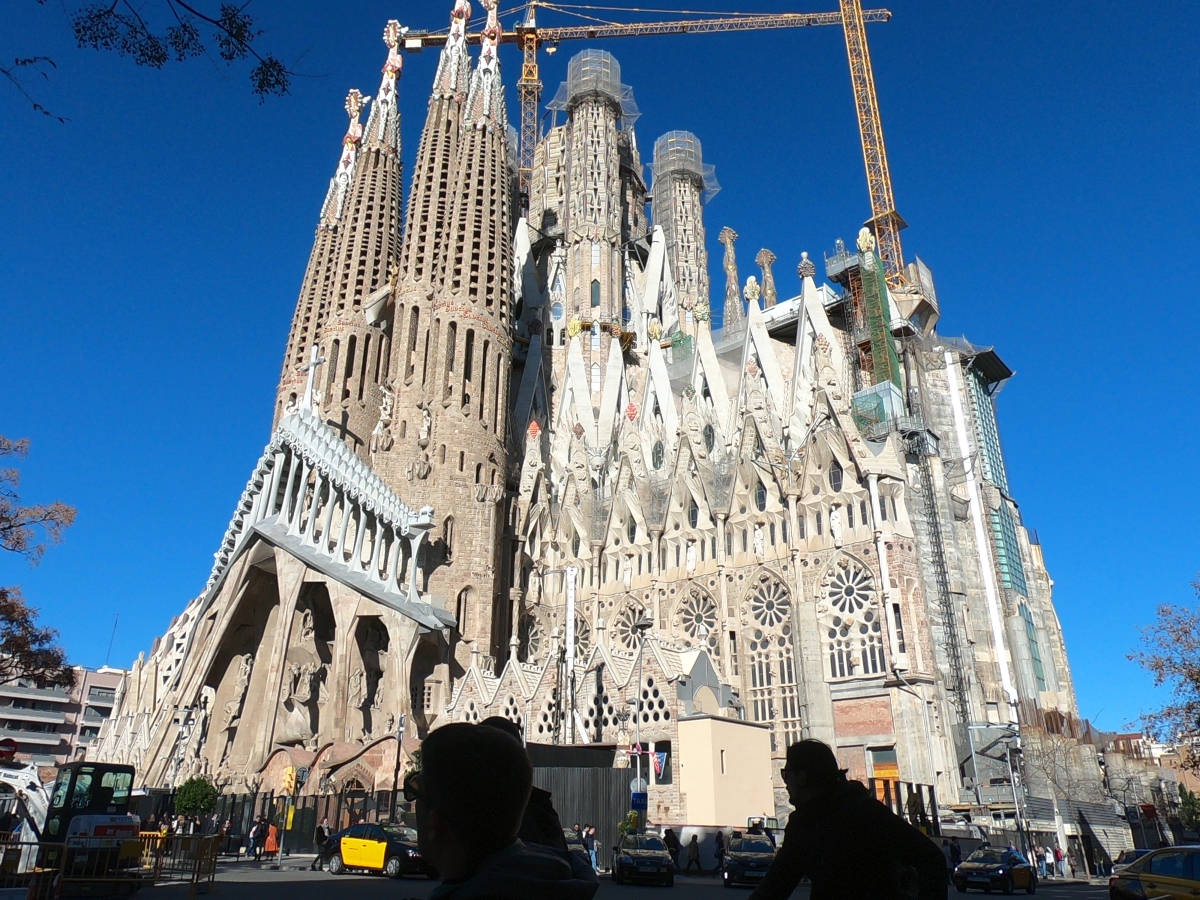


































































































































































































































































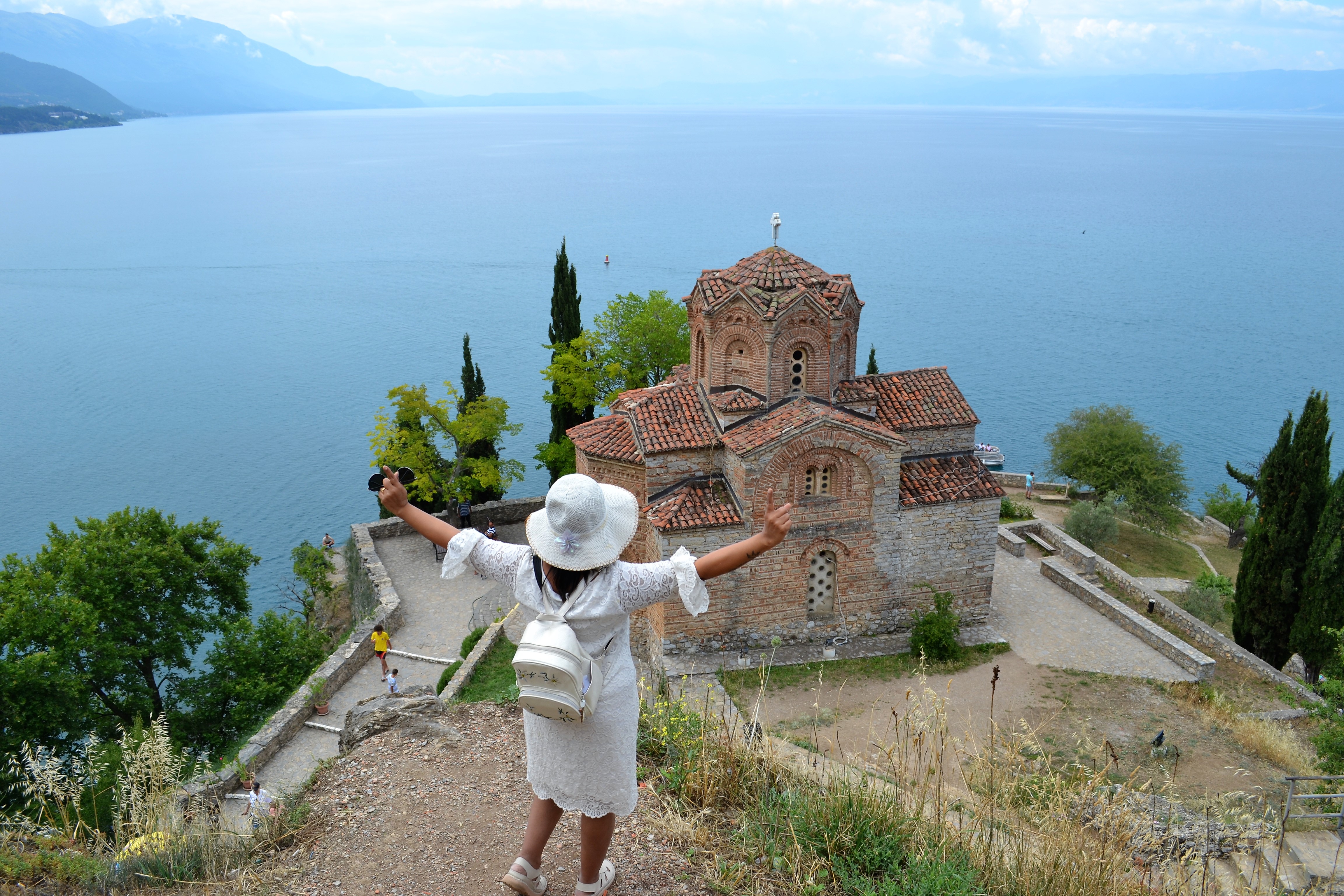


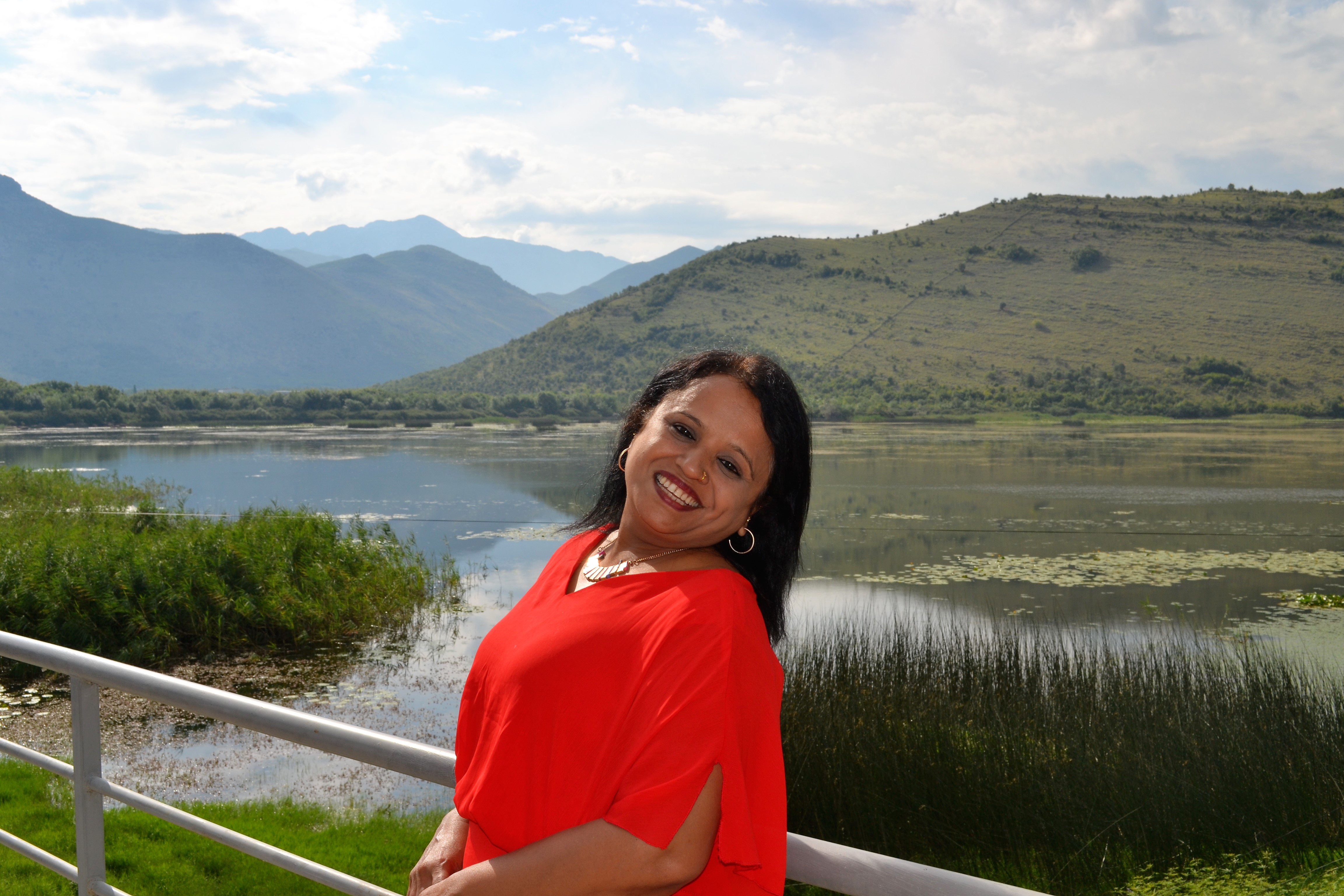











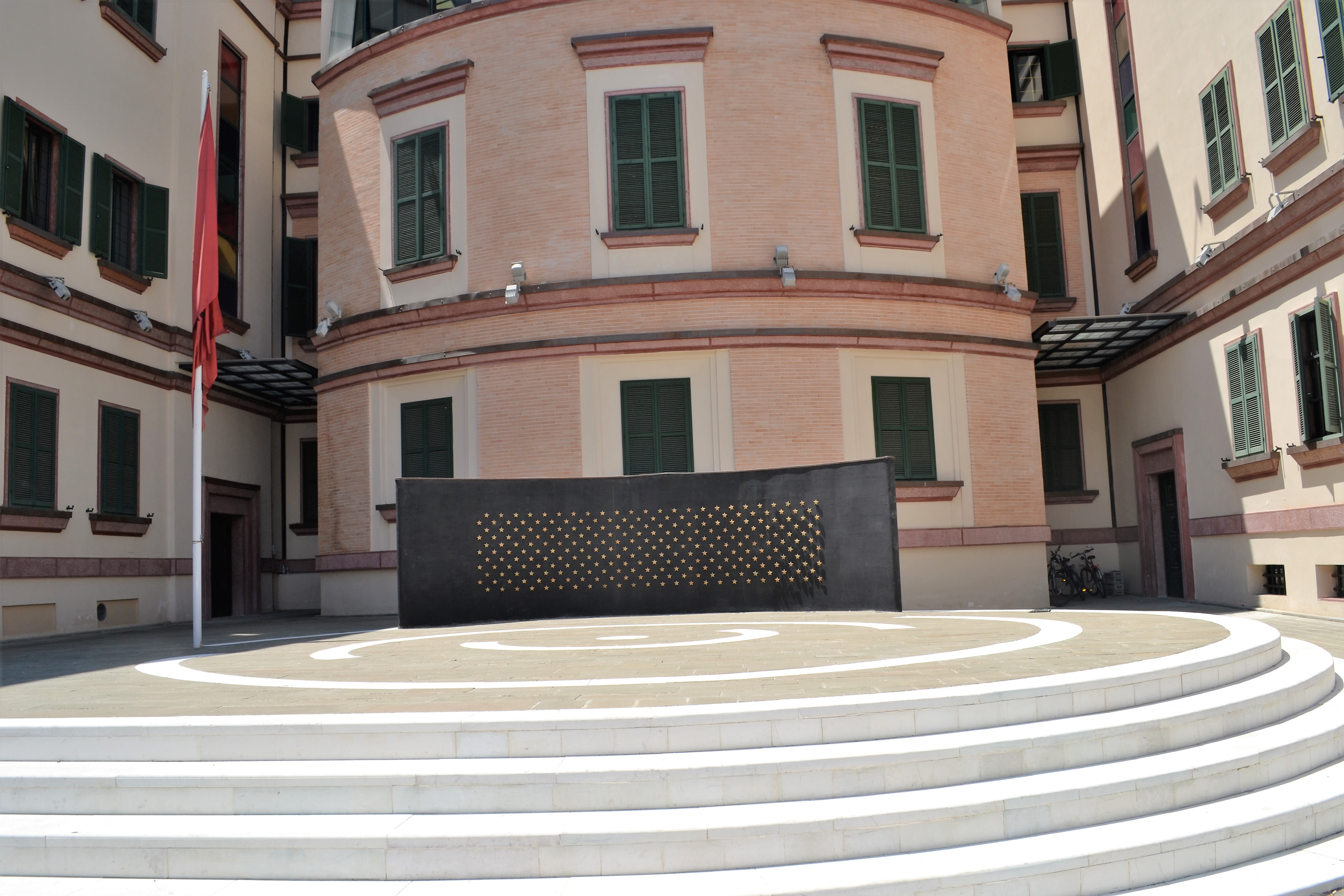


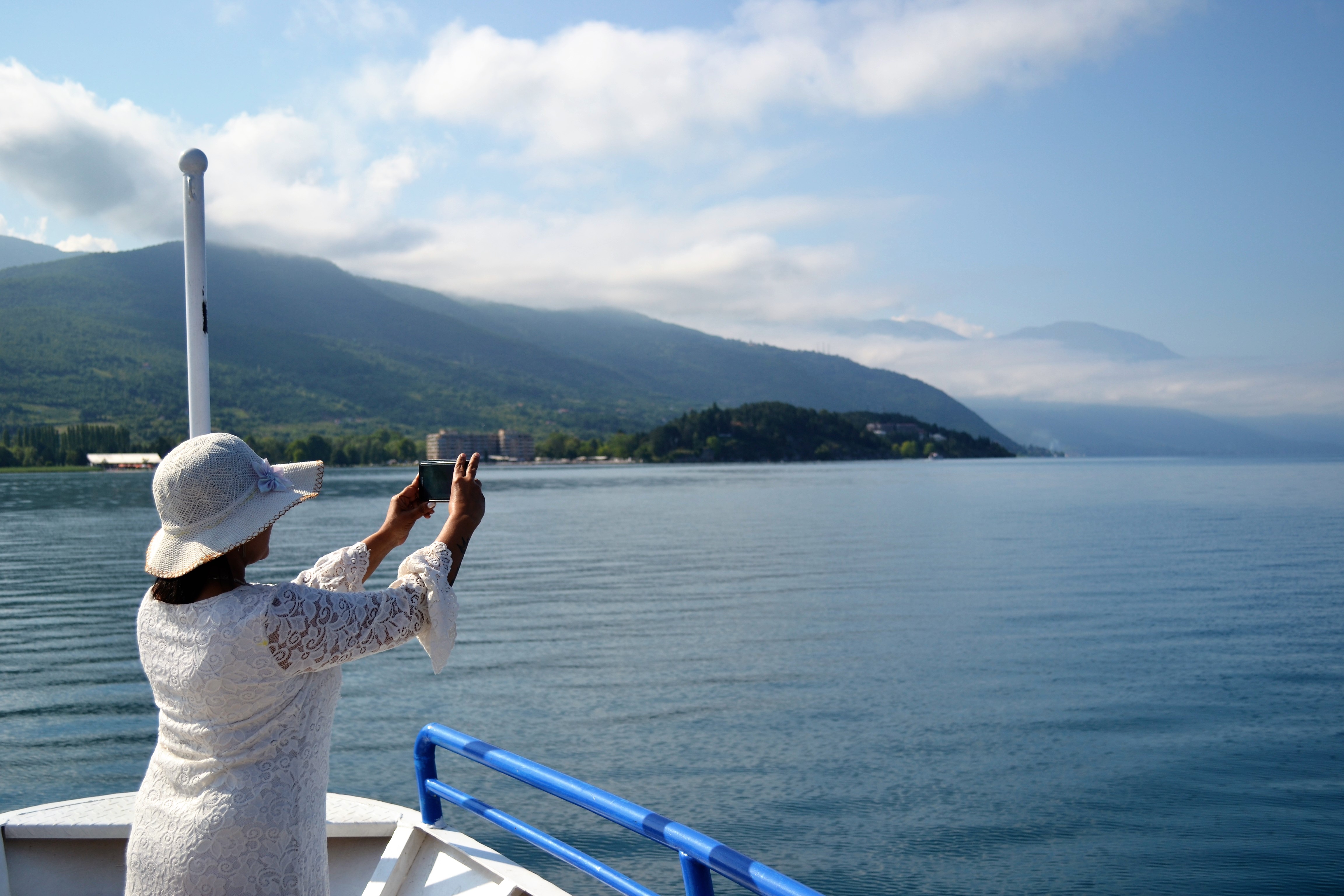
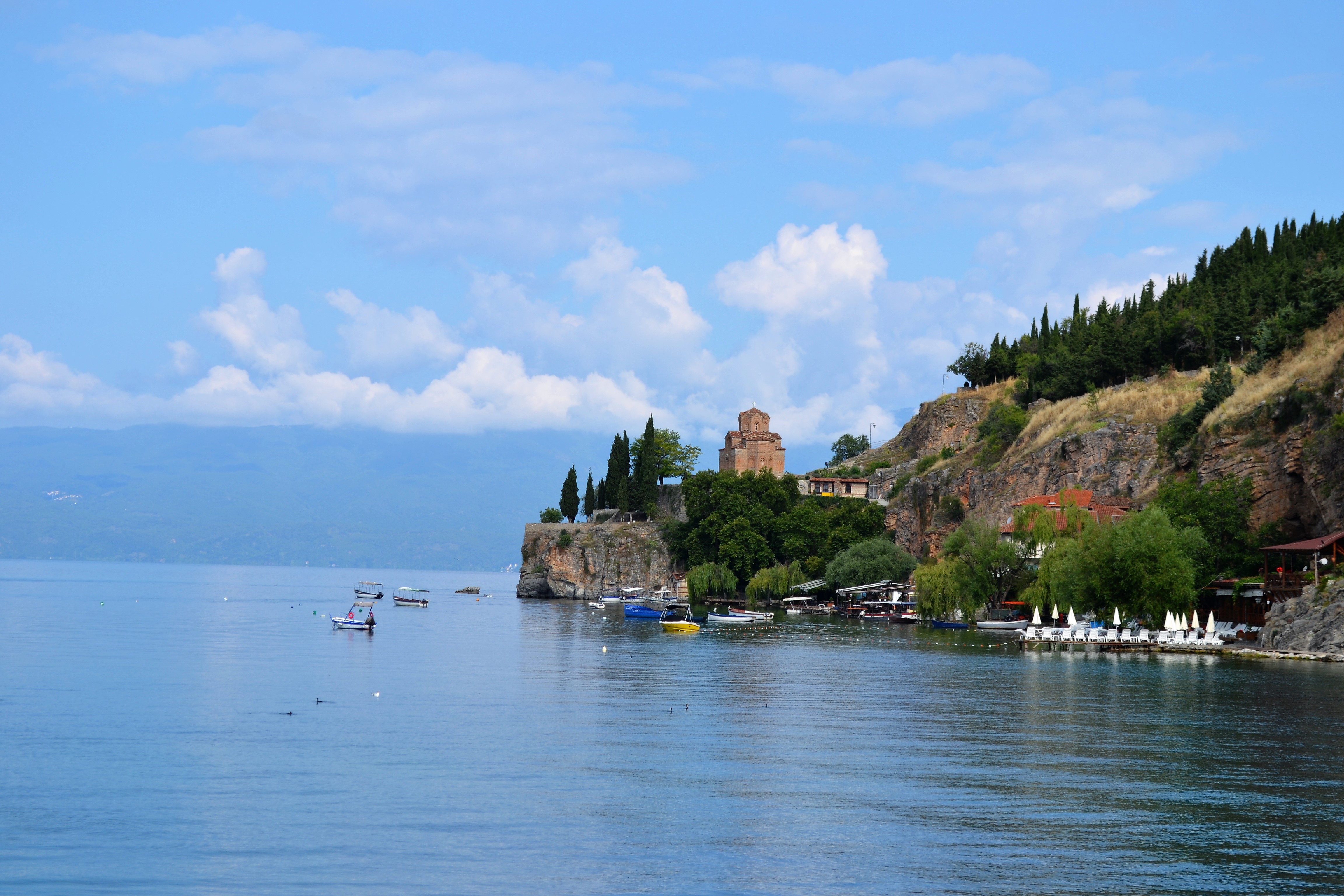








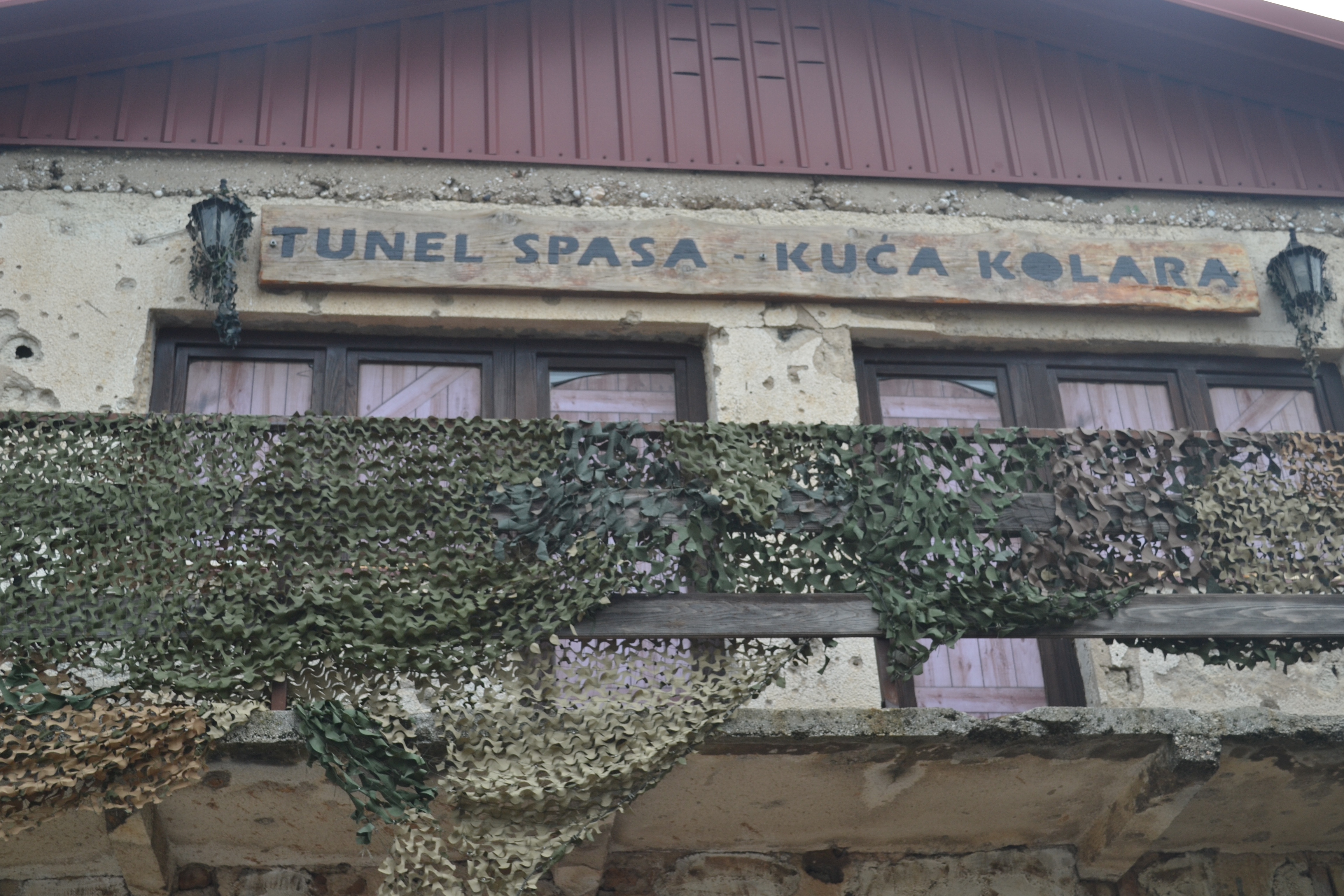 The tunnel is an evidence of hope and shelter, the extension of support during the siege of Bosnia. The tunnel connects the city to the airport thereby supplying food and warfare to the soldiers and allowing people to get out. Even now, you can watch videos and can even walk inside the tunnel.
The tunnel is an evidence of hope and shelter, the extension of support during the siege of Bosnia. The tunnel connects the city to the airport thereby supplying food and warfare to the soldiers and allowing people to get out. Even now, you can watch videos and can even walk inside the tunnel.















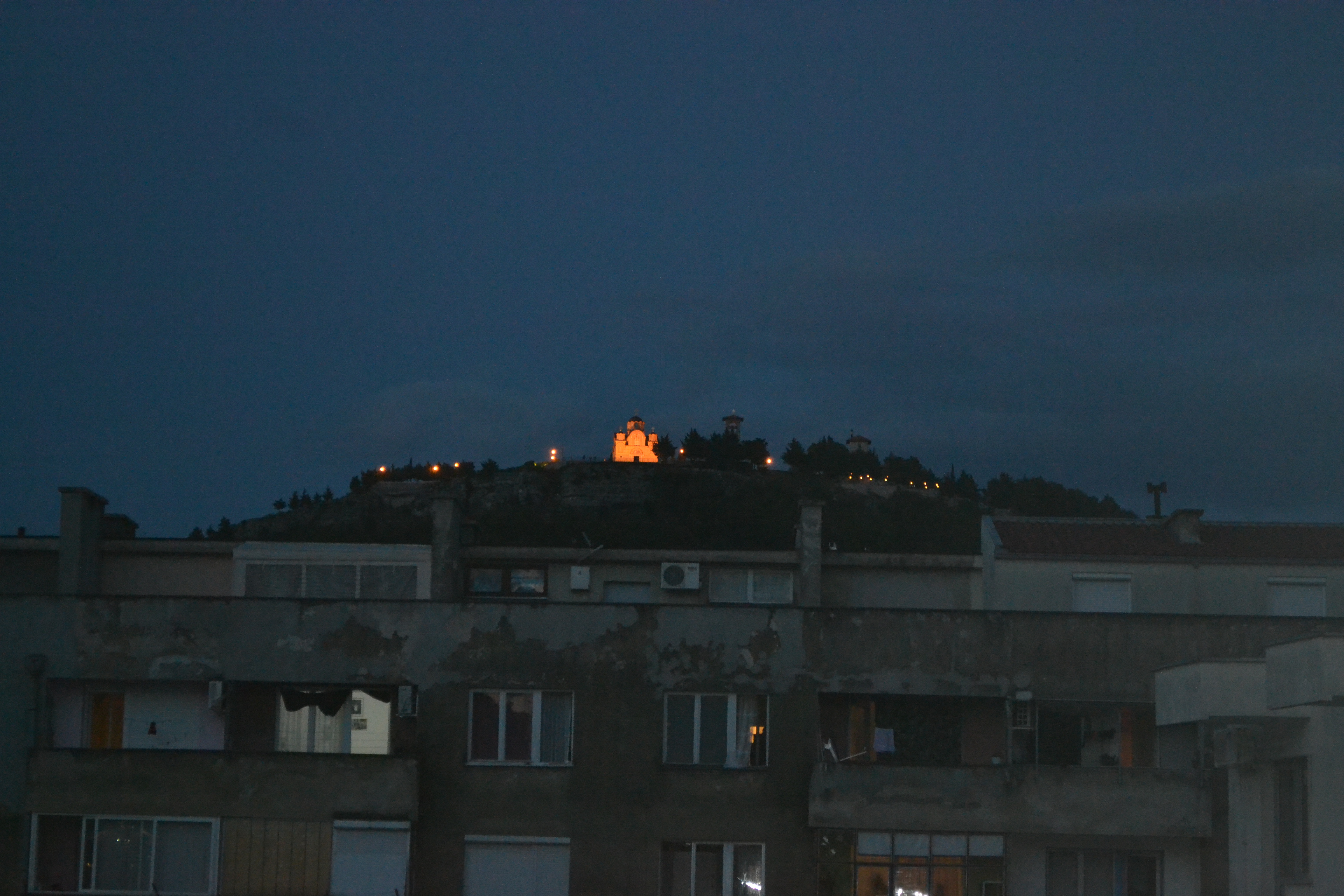



 Sipping Rakija on the banks of river Danube and watching the world pass by could be anybody’s favourite activity in the evenings at Belgrade- the capital of Serbia.
Sipping Rakija on the banks of river Danube and watching the world pass by could be anybody’s favourite activity in the evenings at Belgrade- the capital of Serbia.














